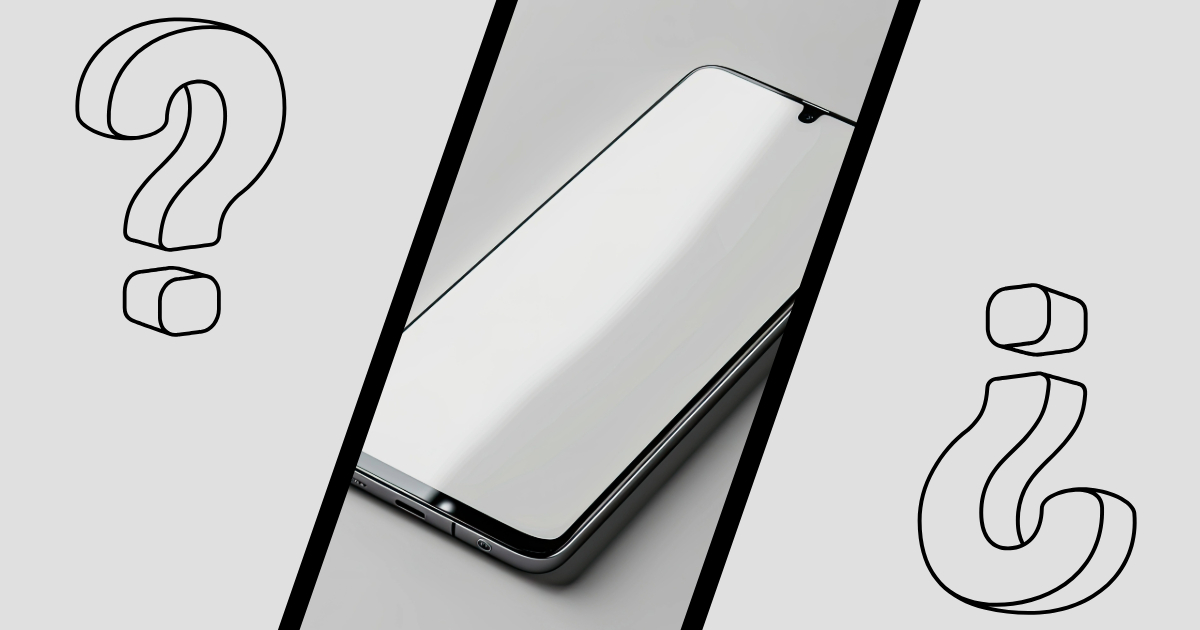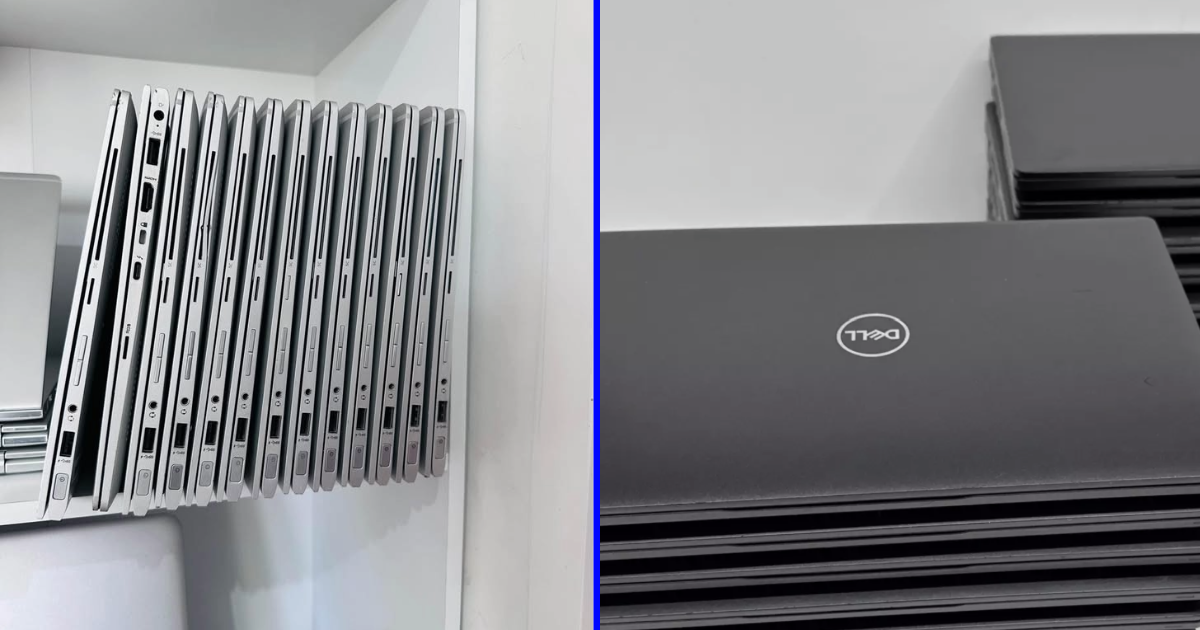
Author: Claudia M.
Posted Date:
-

How to Find Out If Someone Blocked Your Number
Technology has made it easier for us to communicate with each other, but it has also made it easier for us to stop communicating with certain people. For one reason or another,…
-
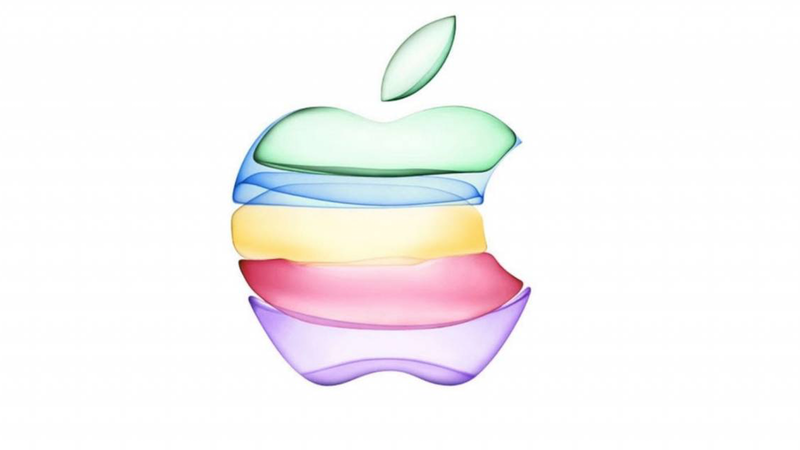
What to Look Out for: Apple’s 2020 Event Plans
Every year, legions of Apple fans look forward to the company’s numerous events—from spring and summer events in March and June to September and October events geared toward the iPhone, Apple Watch,…
-
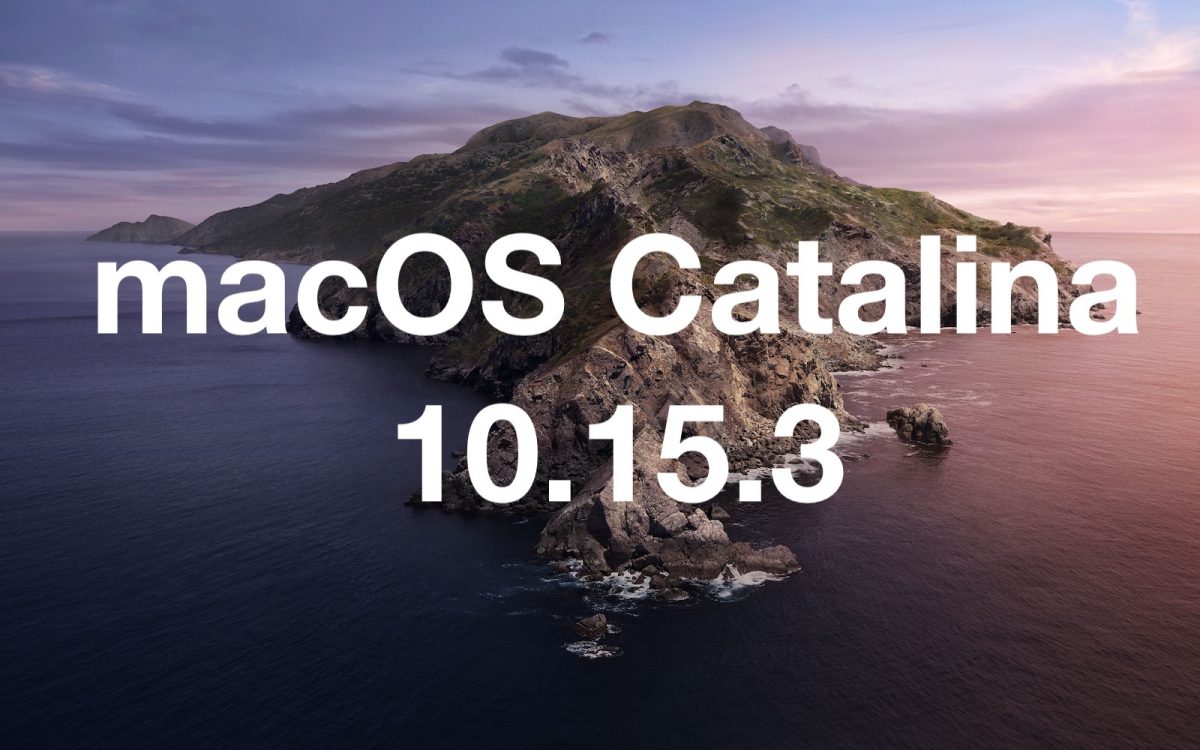
Apple Debugs Previous Software Issues with iOS 13.3.1 and macOS Catalina 10.15.3
Just a month after releasing iOS 13.3 and iPadOS 13.3, Apple released new updates for the operating systems of iPads, iPhones, and MacBooks to troubleshoot bugs that users reported in December 2019.…
-
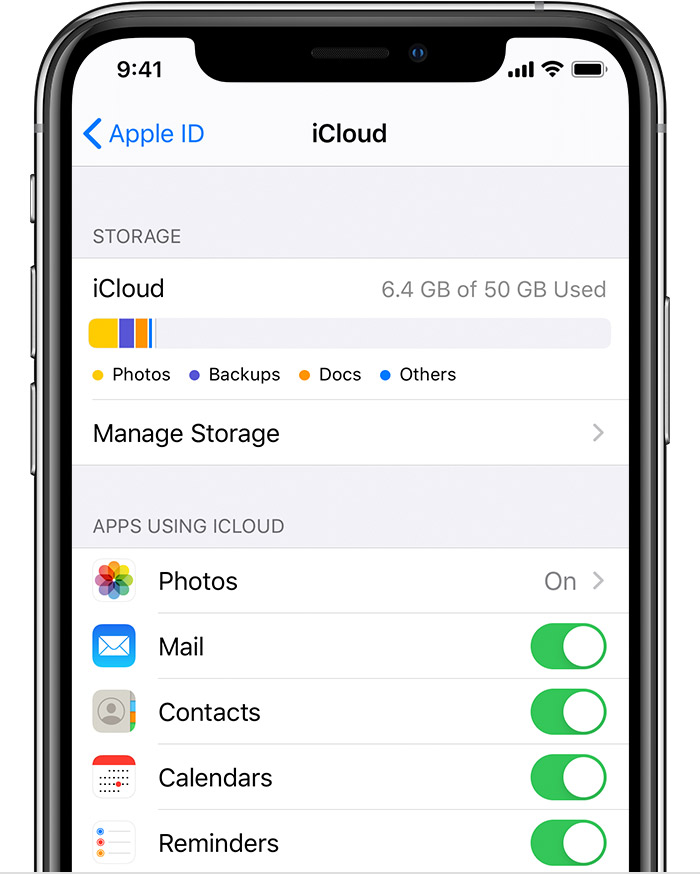
How to Set up, Access, and Customize iCloud on Your Apple Device
Security, convenience, accessibility—these are what makes the iCloud one of the best gifts of technology to us. It safely stores all our content in Apple’s secure cloud infrastructure. It affords us the…
-
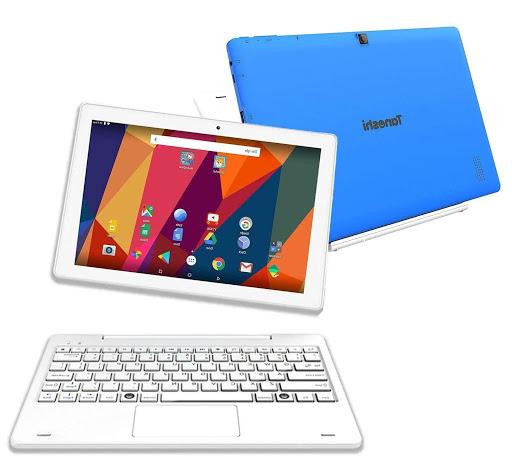
The Best Laptops to Buy for Your Kids
While there are many different laptop models, knowing the right ones to get for your kids can help you save considerably. Your kids won’t necessarily need expensive, heavy-duty laptops for daily use,…
-
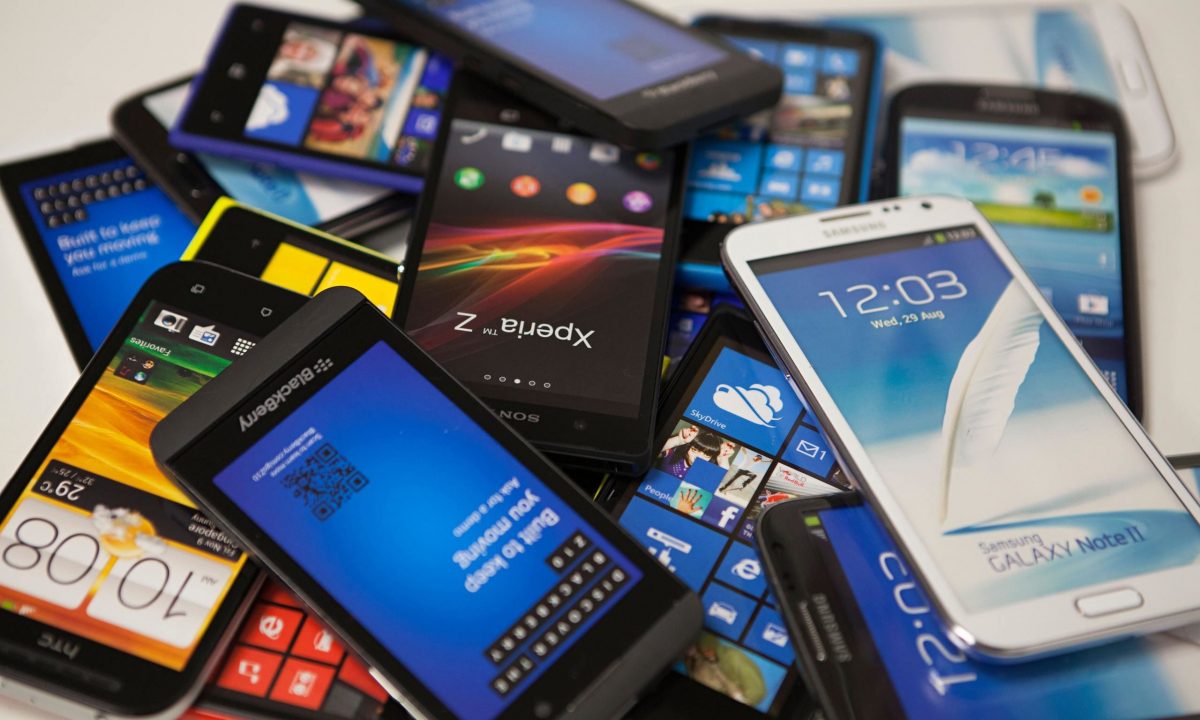
5 Smart Ways to Use Your Old Smartphone
With the high demand for gadgets with better features and more advanced technology , it seems as if momento you get used to your Smartphone, the come up with new models that…
-
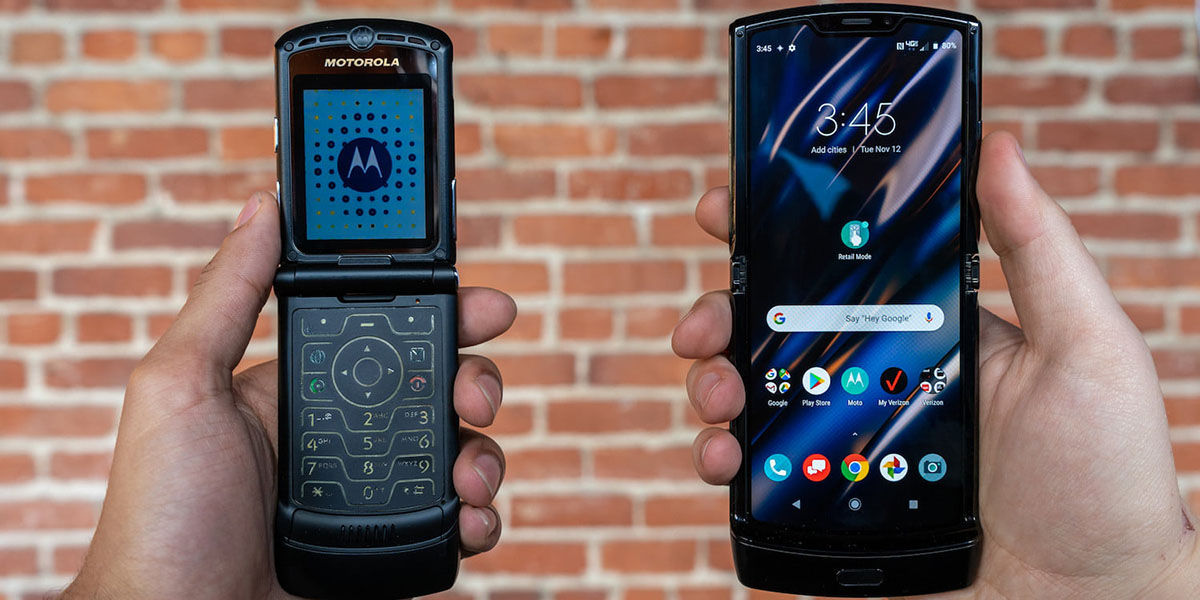
The Return of the Clamshell with Motorola RAZR
Foldable flip phones evoke a sense of nostalgia for days gone by . With the release of the Motorola RAZR , You can now relive the experience of those days. The clamshell…
-
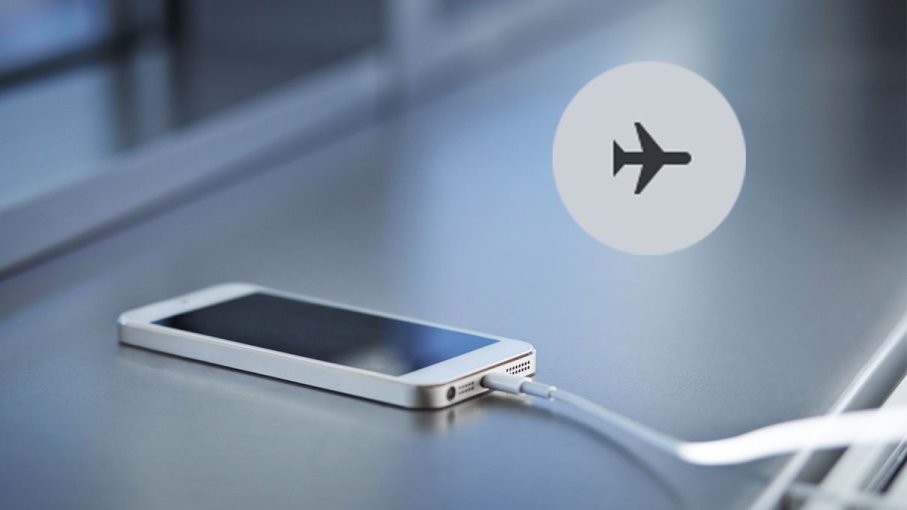
Will My Phone Charge Faster When It’s in Airplane Mode?
When you’re a heavy Smartphone user, you would know how agonizing it is stare at its screen while it chargers, to patiently eait for what feels like hours on end for its…
-
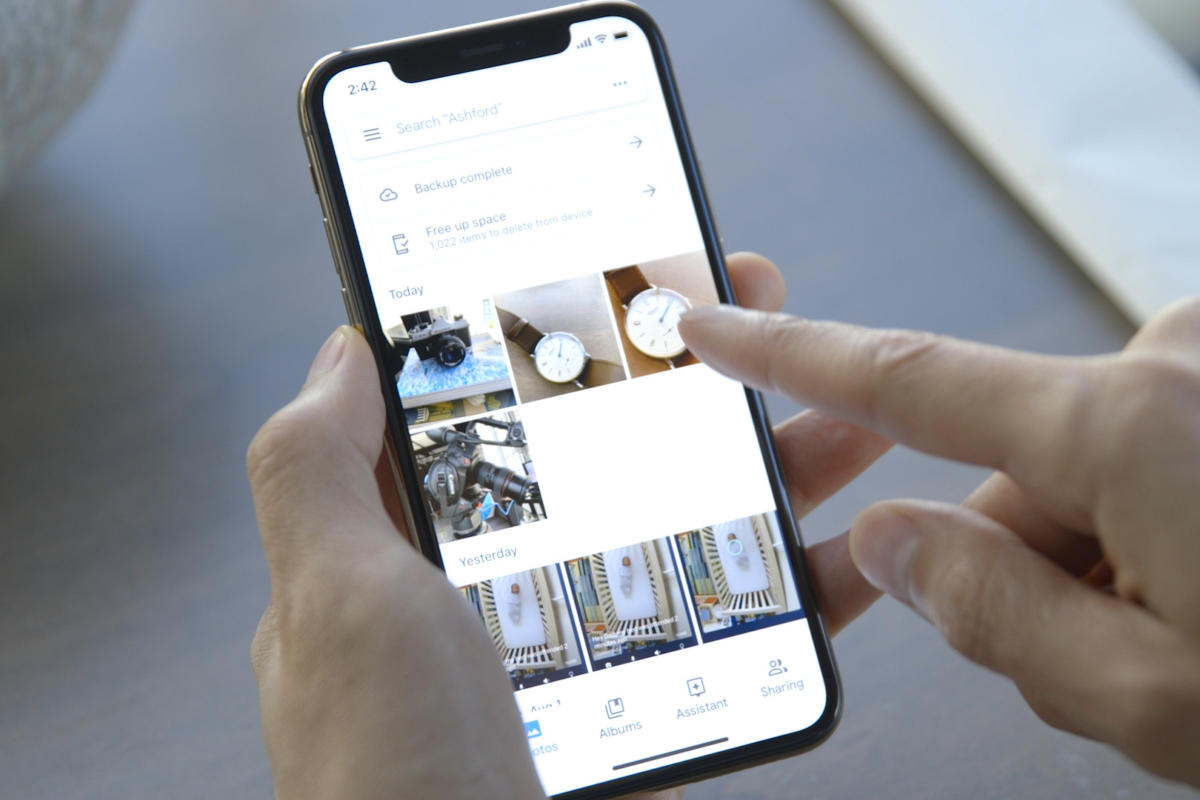
Backing Up Your iPhone Photos on Google Photos
Life is unpredictable. One moment you’re snapping photos and having fun, then next moment you could be mourning over the loss of your phone or the lack of space to take photos…
-

Restoring Google Play Store After Uninstalling It
You’re browsing your phone, looking for games that you can download, and then you stop mid-search because you don’t see the Google Play Store app icon anywhere. Don’t panic. There are multiple…
-
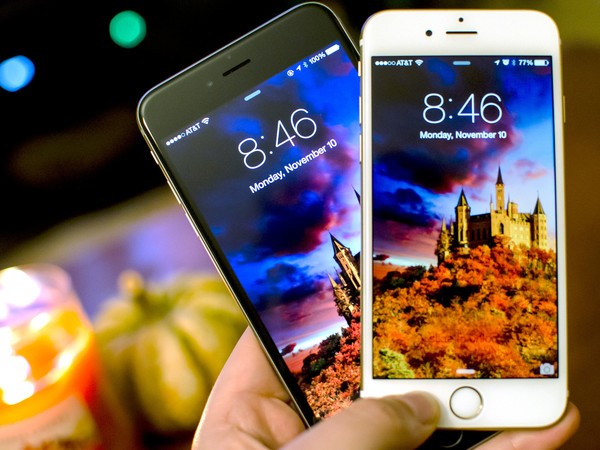
The Best Wallpaper Apps for iPhones
Having a cool and personal wallpaper is part of what makes your phone unique, and seeing a favorite image can easily put a smile on your face. Unfortunately, iPhone users may notice…
-

Samsung Working on SelfieType – a New Invisible Keyboard
Mobile phones have become the device of choice for many tech-savvy professionals. However, no matter how convenient mobile phones are, they still aren’t able to replace laptops and computers when it comes…
-
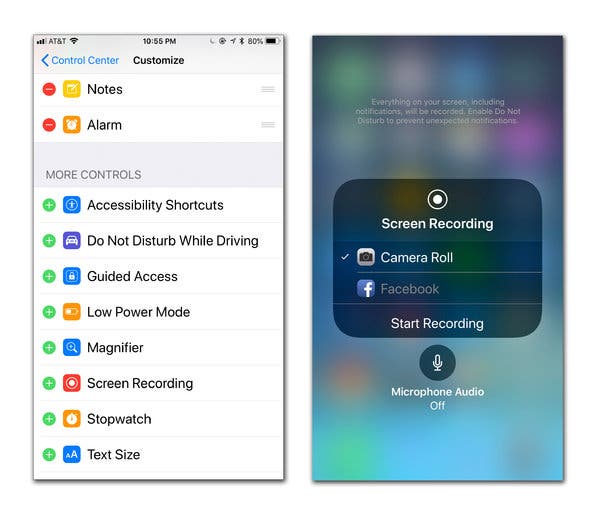
Screen Recording on Your iPhone
Screen Recording on your iPhone comes in handy when you’re trying to demonstrate how to complete a certain task on your phone, like how to use an app or how to complete…
-
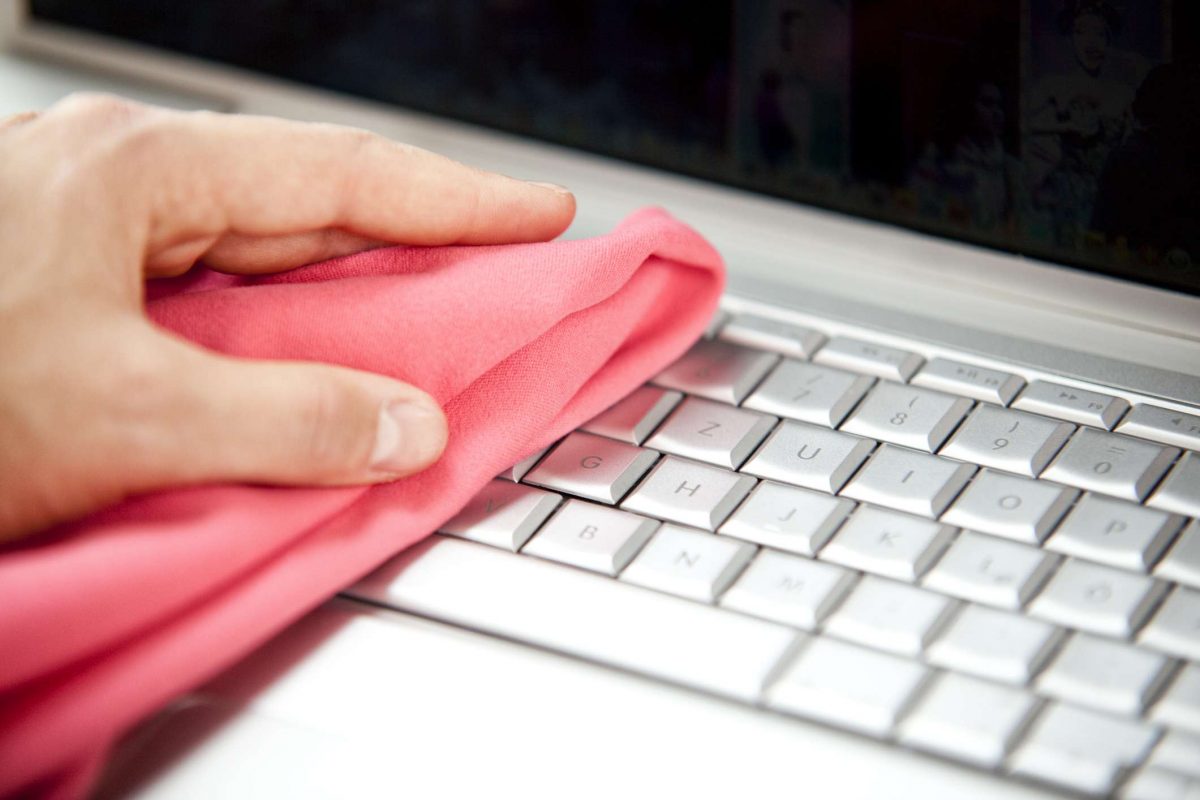
Cleaning Your Laptop Properly
Fingerprints on your laptop screen. Dust in the corners. Oily marks on the keys. These may lead you to ask yourself: when did you last clean your laptop? Aside from dirt, grime,…
-
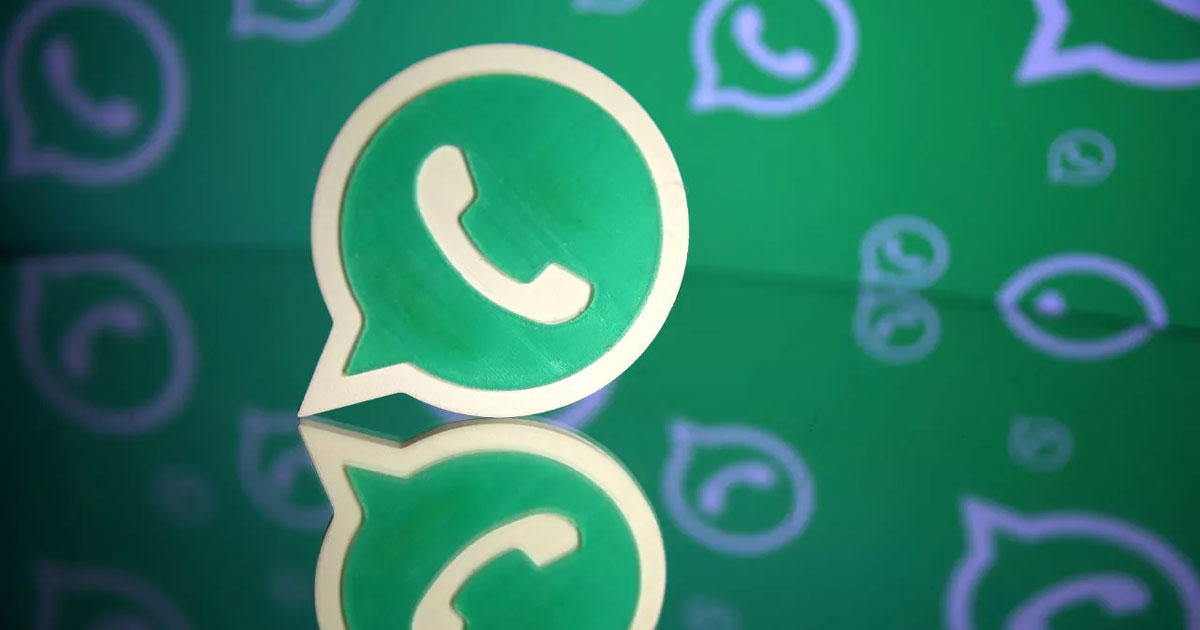
WhatsApp Launches Call Waiting
WhatsApp, the Facebook-owned cross-platform messaging and Voice over IP service, recently introduced its call waiting feature for voice and video callers. The feature sends a notification if someone calls you while you’re…
-
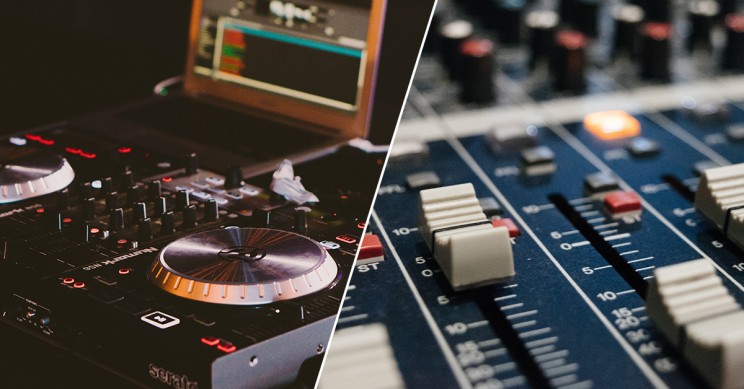
Teaching Music and Art through Technology
Technology Nowadays, we can gain knowledge almost everywhere we look at the touch of a finger, and we can make the most out of this advantage. Technology can be used to teach…
-
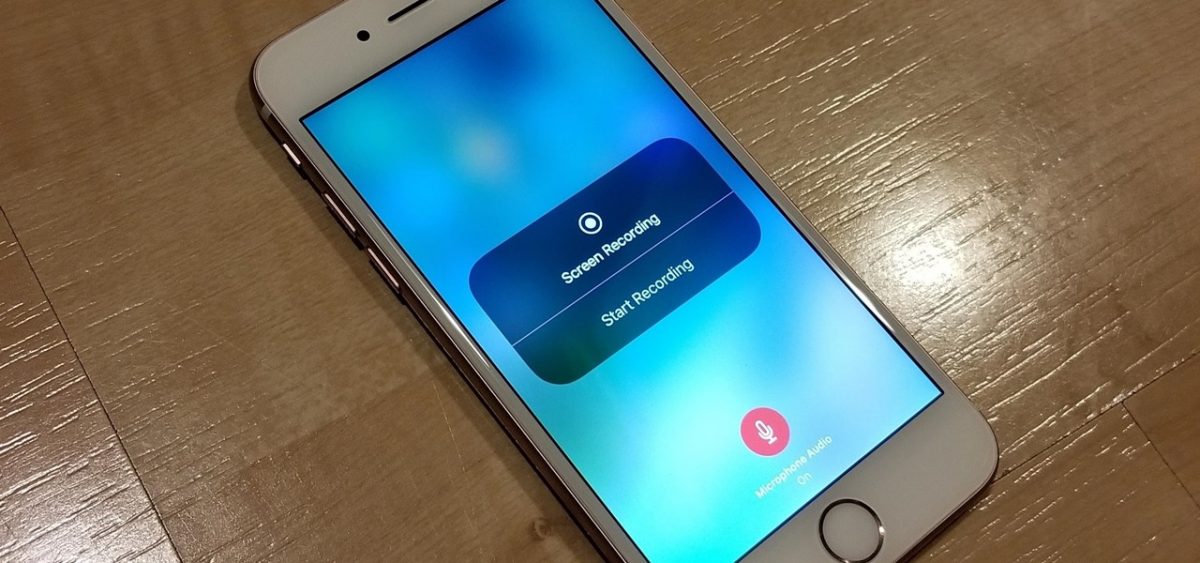
How to Record Screen Actions on Your iOS 11 Phone
There are times when you need to record what happens on the screen of our iPhone or iPad to show someone how to use an app or to report a bug. Although…
-
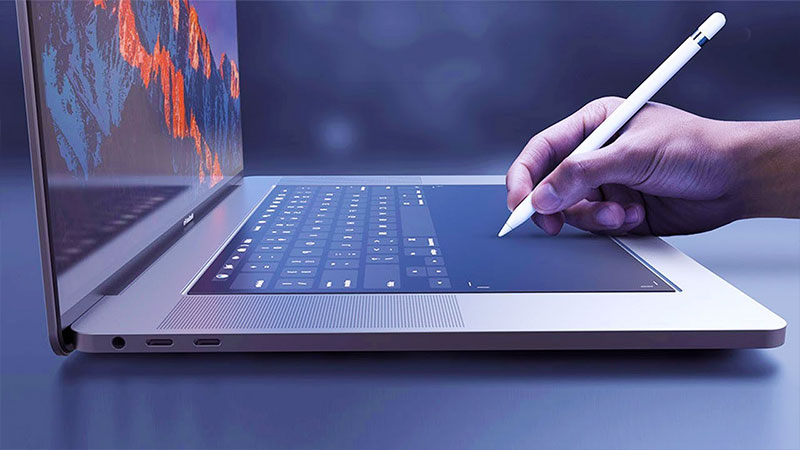
Finding the Right Laptop for You: A Handy Guide
Are you looking to buy your first laptop? Or maybe you’re looking to sell your laptop online to upgrade to a newer model? Perhaps you’re an entrepreneur looking for a laptop that…
-
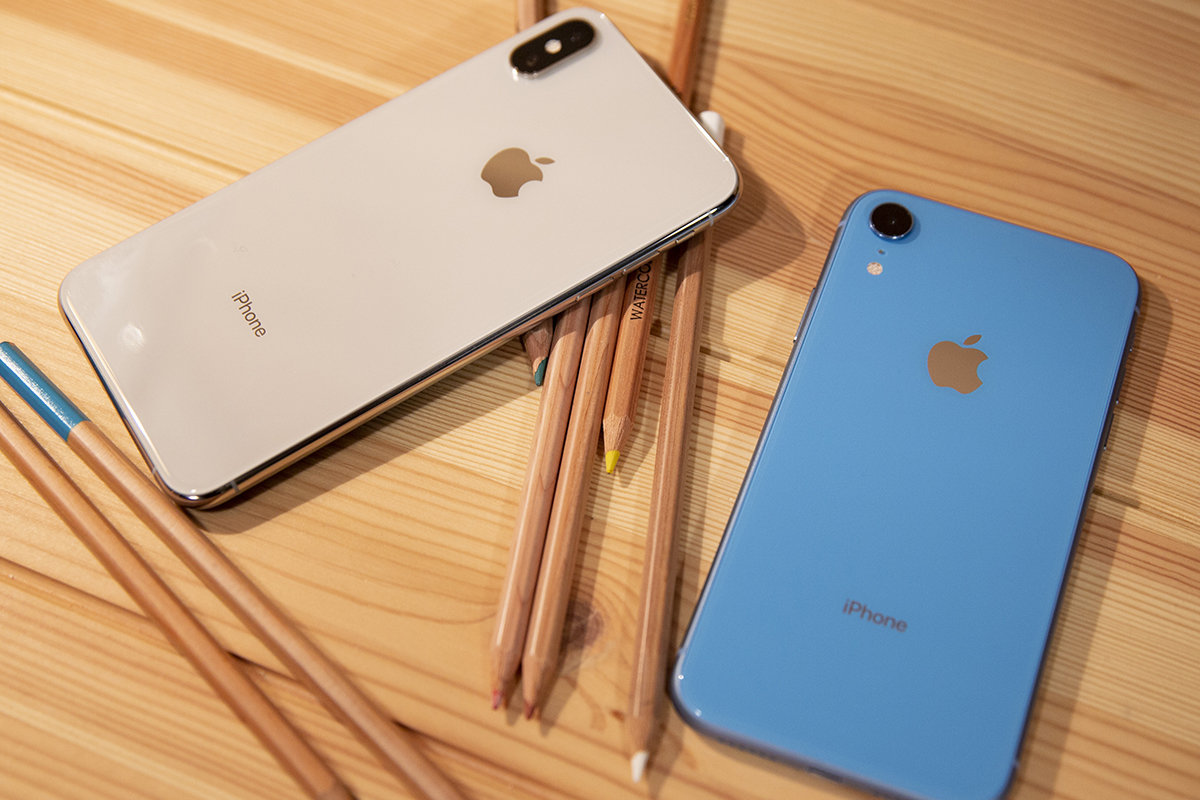
Apple Rumored to Release Five New iPhones in 2020
2020 is rumored to witness the release of several new iPhone models, according to predictions by some of the industry’s noted analysts. Predicted iPhone Models Another prediction by Samik Chatterjee, a J.P.…
-
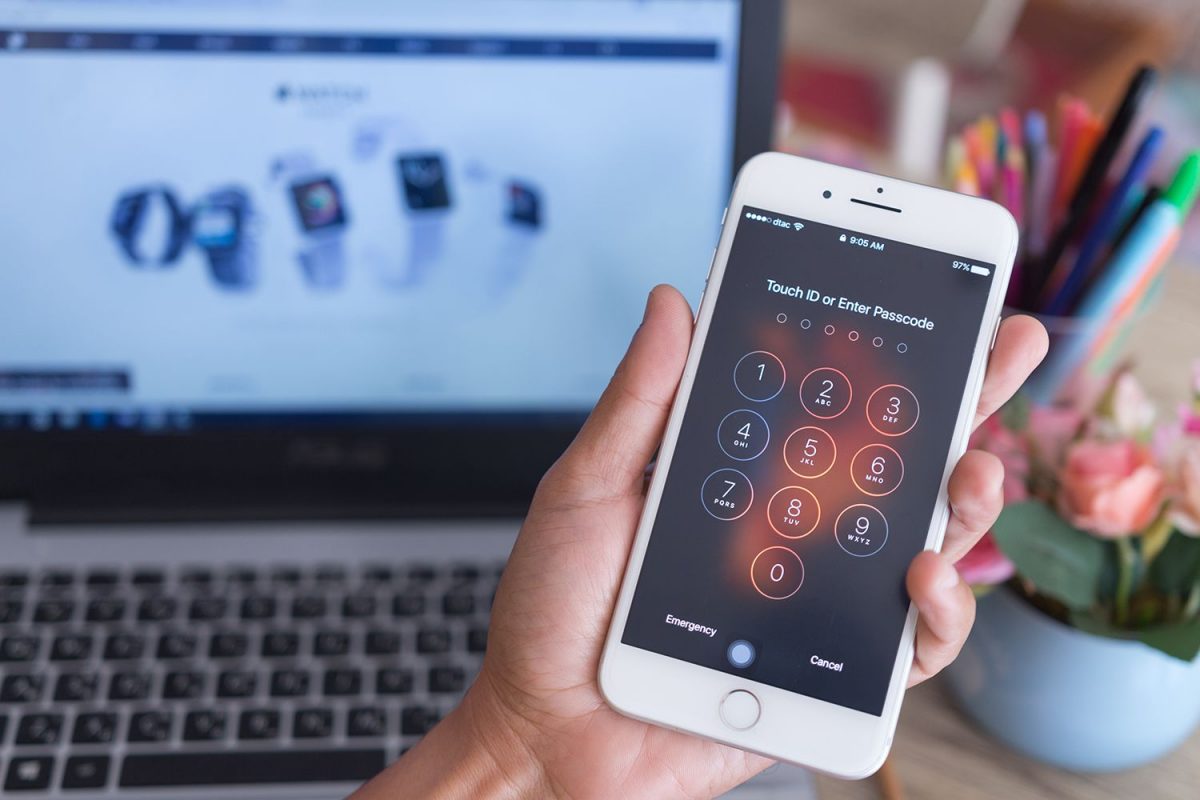
Forgot Your iPhone Passcode? Here’s How to Unlock It
sellGetting locked out of anything you own is pretty upsetting. But there’s something about getting locked out of your iPhone that makes it feel a little bit more annoying than most things,…
-
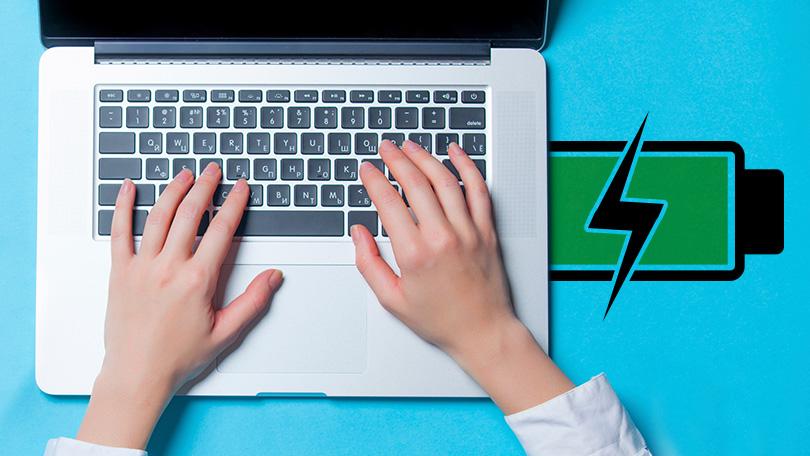
Tips to Maximize Your Laptop’s Battery Life
Batteries are what make laptops portable. You can carry your laptop around and use it anywhere as long as it has enough battery life. It’s why most people who visit sites that…
-
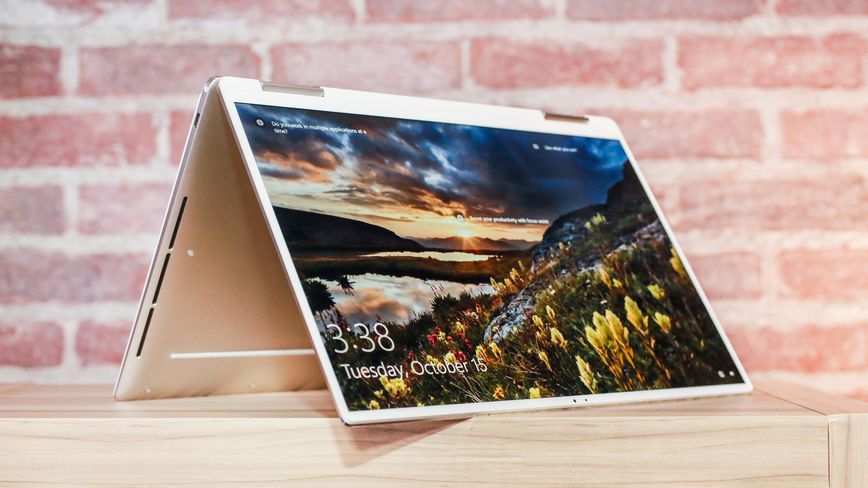
Some of Our Favorite Laptop Models with the Best Battery Life
Does your laptop battery die in the middle of work? Sometimes, you have no choice but to give it up. Generally, you could sell old laptops for an upgrade. More than that…
-
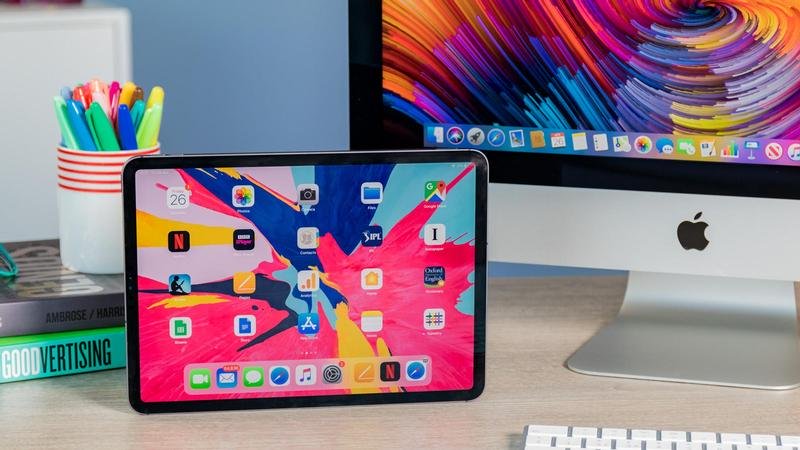
Which iPads work as a second screen with Sidecar?
Boost Your productivity by using your iPad as a second screen for your Mac. Prior to releasing macOS Catalina, you could have a second display for your Mac with the help of…
-
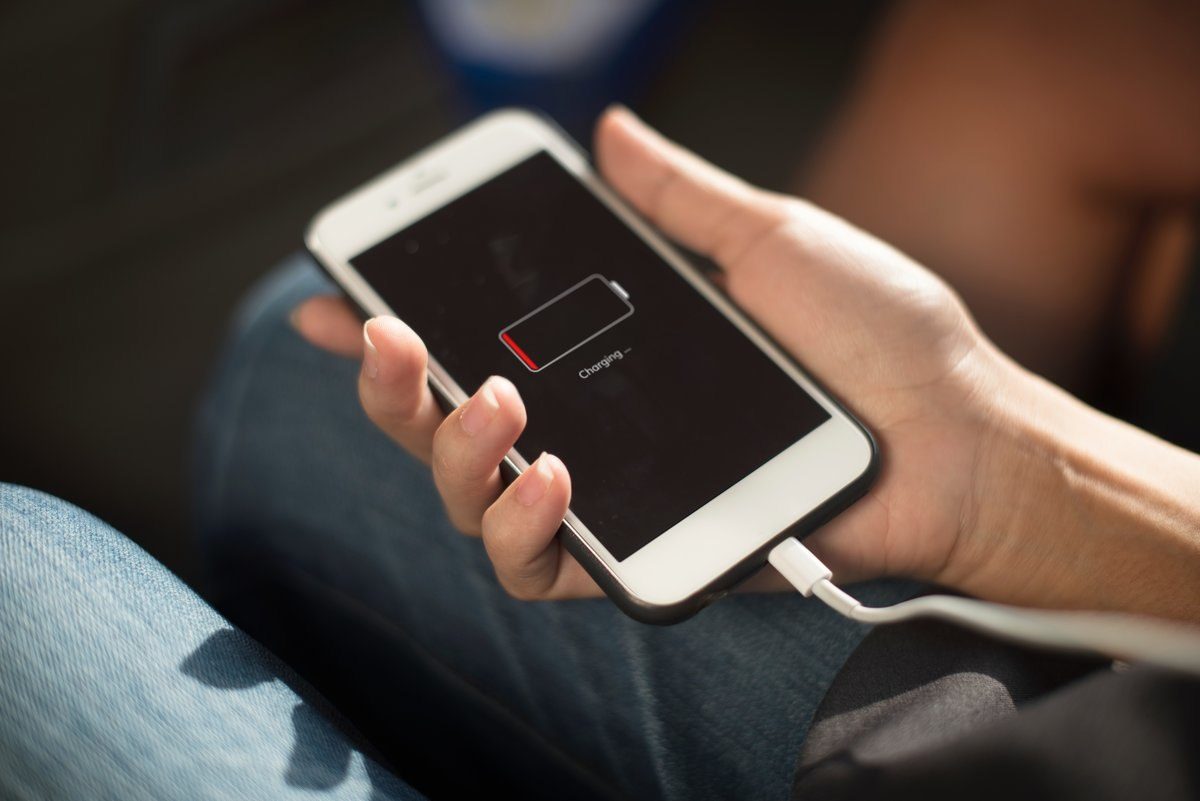
How Can I Charge My Phone If I Forgot My Charger?
Nearly everyone has a smartphone these days. If you rely heavily on yours for everyday activities, you can use up your battery before the day even ends. To replenish your power, you…
-
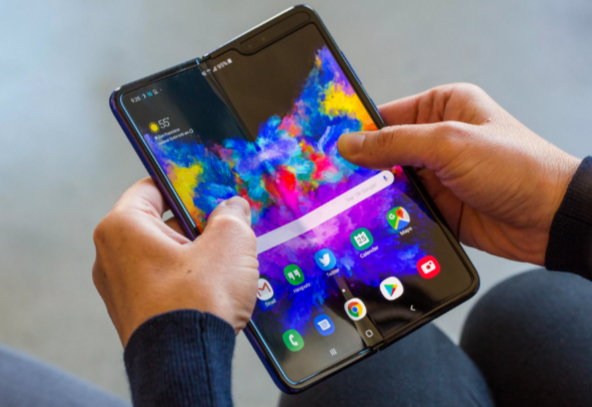
Reports:Samsung to Release New Galaxy Fold 2 in April 2020
Samsung is on a roll. With foldable devices forecasted to be the future of mobile phones, rumors have already spread that a new Samsung Galaxy Fold model will be launched in April…
-

What are the Best Laptops for 2019?
Choosing a laptop can be challenging, with several different factors other than price to consider before buying. Determining which Laptop is the Best for You When choosing which laptop would be the…
-
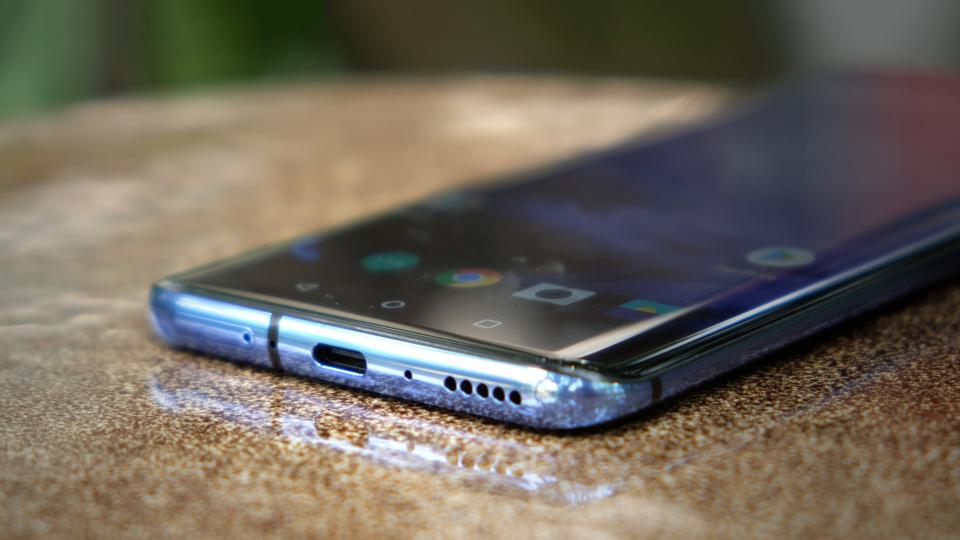
OnePlus 8 Pro: Everything We Know So Far
It’s been an eventful past few weeks for OnePlus users out there, with recent releases and future model leaks keeping the community abuzz. The Chinese smartphone giant unveiled the OnePlus 7T model…
-
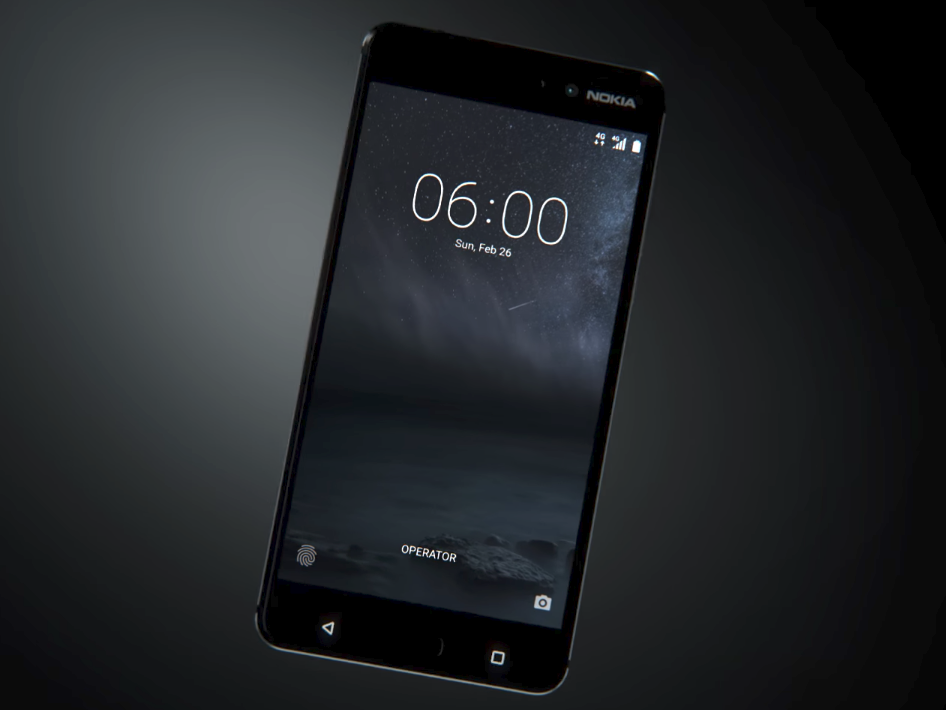
Nokia is Coming Back to the US
Nokia is finally coming back to the US years after it had shut its doors. Known for their virtually indestructible and ubiquitous cellphones, the Finnish tech company made some of the most…
-
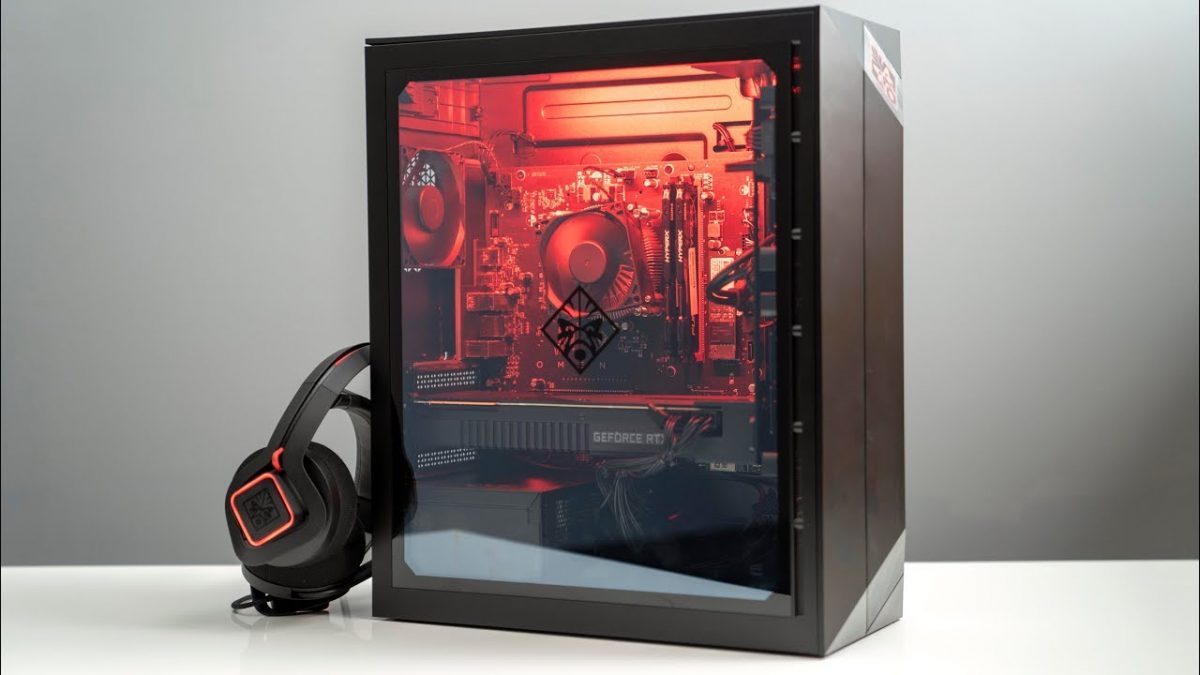
The HP Omen Obelisk, a Powerful and Upgradable Gaming PC
The HP Omen Obelisk Gaming PC is one of the most reliable gaming PCs on the market, showcasing the critical components of a gaming PC build. HP emphasized the Omen’s powerful components…
-
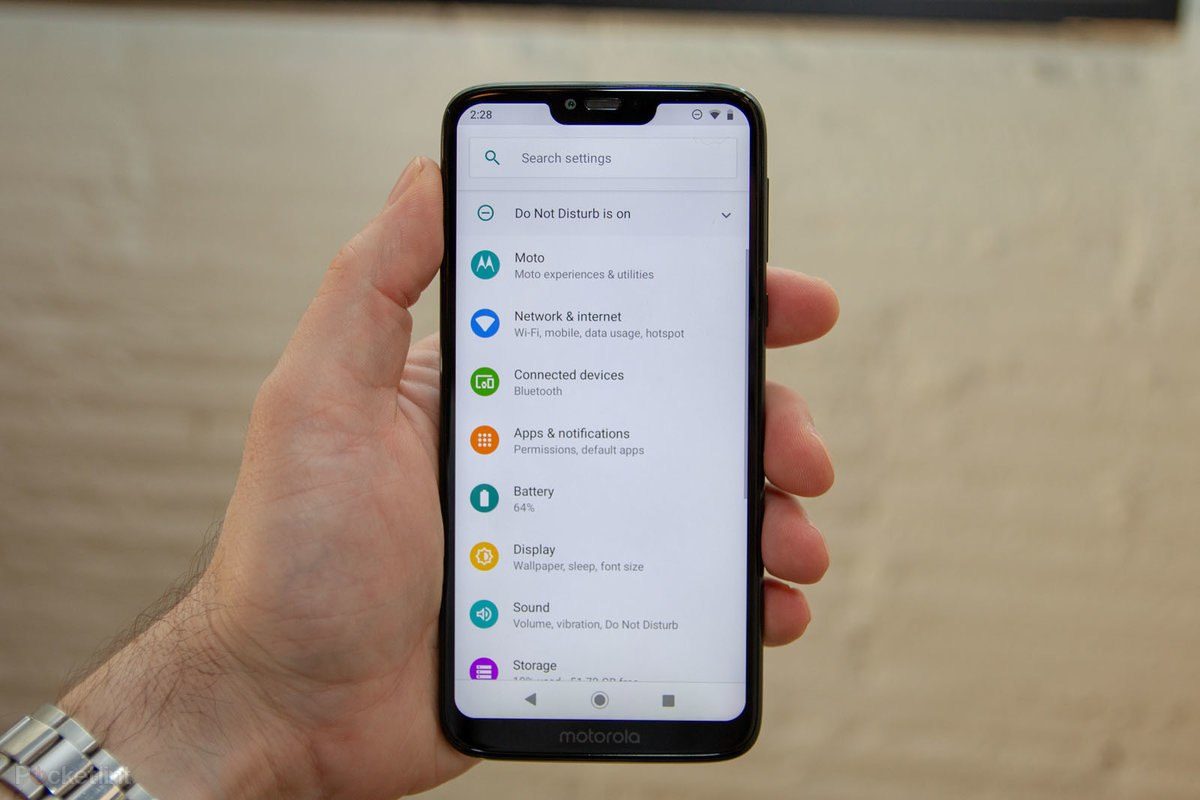
Moto G7 Power: A Midrange Phone with a Massive Battery
If you’re looking for an inexpensive but reliable phone, Motorola’s G lineup may just be one of the options for you. The Moto G lineup has been updated this 2019, and the…
-
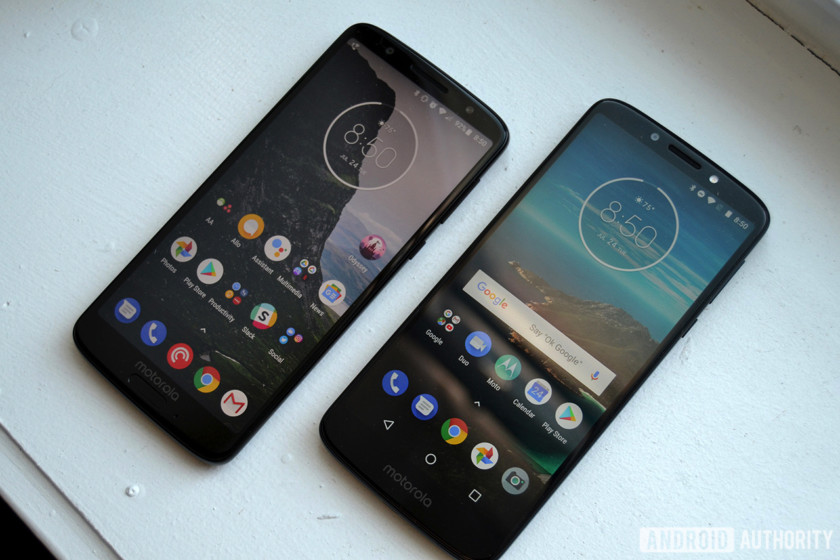
Motorola G6 Play Review: A Budget-Friendly Phone with Impressive Specs
Buying a budget smartphone doesn’t mean you have to miss out on all the latest features. As flagship models get better each year, so do their cheaper alternatives. One of the best…
-
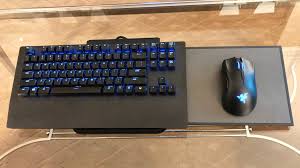
Razer Teases First Xbox One
Much like the many users of the Xbox, retailers that sell laptop units and gaming devices are hungry for any new information about the Xbox One. And so it’s welcome news every…
-
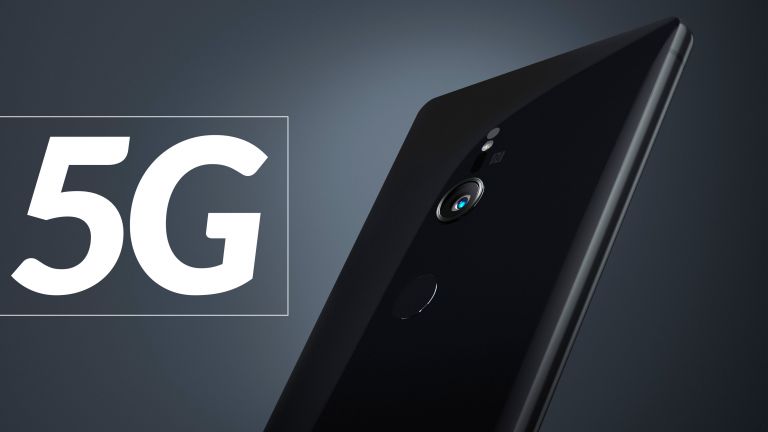
T-Mobile Confirms: A 5G Samsung Phone is in the Works
T-Mobile remained tight-lipped when Verizon, AT&T, and Sprint revealed their plans to introduce a 5G version of a Samsung phone in 2019. T-Mobile’s Chief Technology Officer (CTO), Neville Ray, shocked the entire…
-
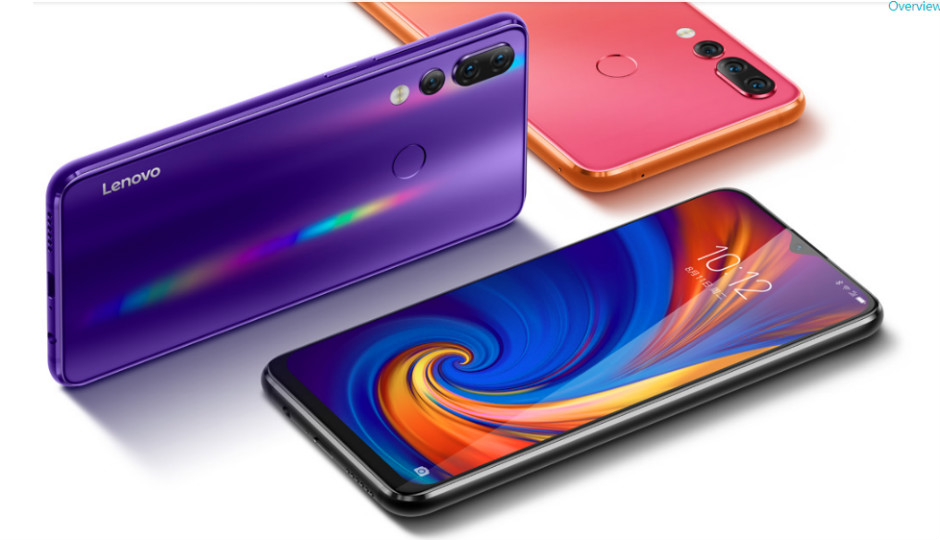
Lenovo Launches Its Latest Model, The Z5s with Snapdragon 701 SoC and Triple Rear Cameras
Lenovo has finally launched its newest model, the Z5s smartphone last December 24. The piece is the company’s latest addition to its Z5 series that has the Lenovo Z5 Pro. A lot…
-
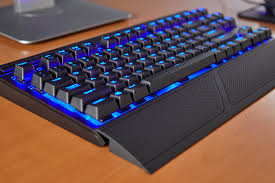
The Top 5 RGB Keyboards for Gamers
In terms of keyboards, the ‘RGB’ category is very specific. When you buy an RGB keyboard, you’re getting the complete RGB array of colors. You can actually see all shades, even if…
-
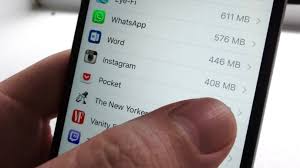
How to Make the Most Out of your iPhone’s 16GB of Storage
We can all agree that Apple, one of the most innovative tech companies in the world, needs to up their game in terms of storage space. It sounds ridiculous that entry-level iPhones,…
-
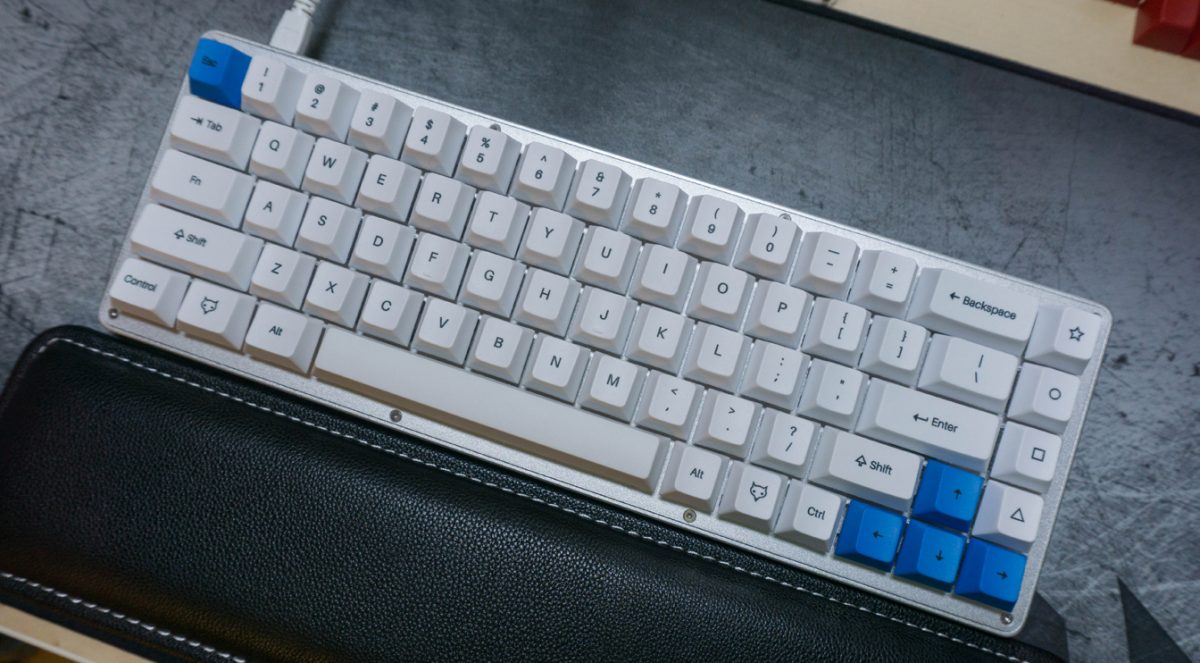
Which Mechanical Keyboard Should You Pick for 2019
It may come as a surprise to many, but there are different kinds of keyboards. This is particularly true with gaming laptops. And many gamers prefer mechanical over standard membrane keyboards. A…
-
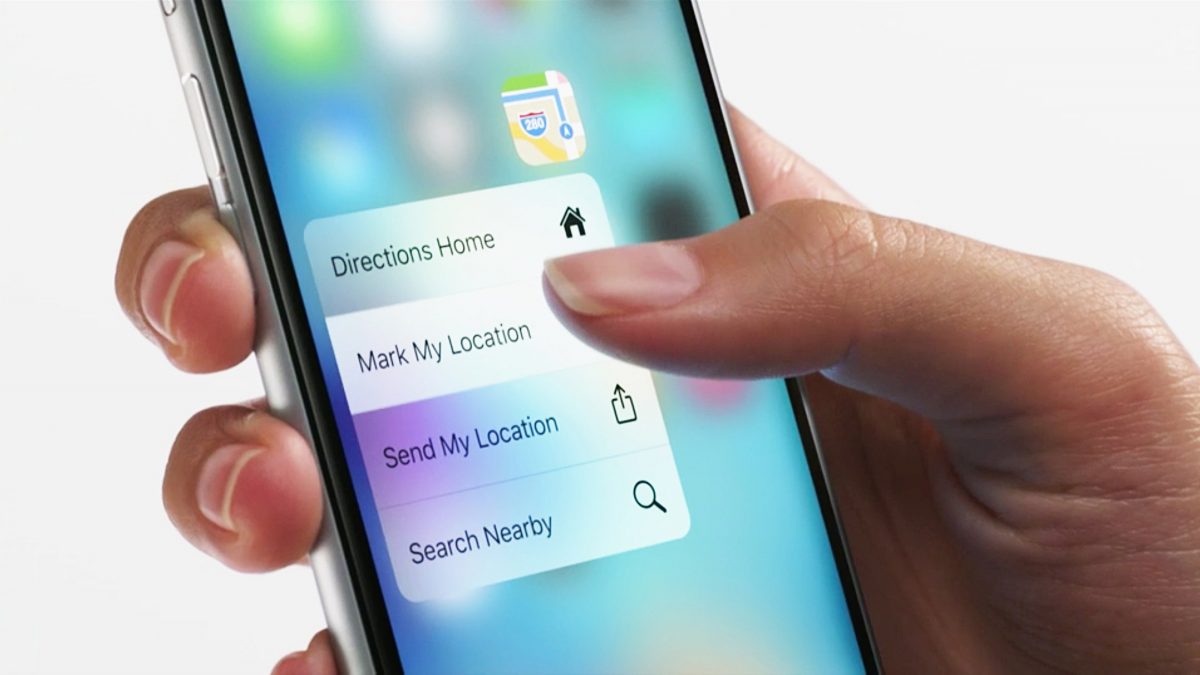
How to Make the Most Out of your iPhone’s 16GB of Storage
We can all agree that Apple, one of the most innovative tech companies in the world, needs to up their game in terms of storage space. It sounds ridiculous that entry-level iPhones,…
-
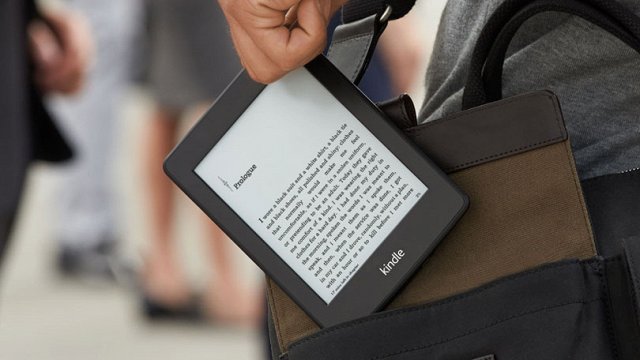
How to Put Free eBooks on Your Amazon Kindle
The Amazon Kindle is arguably the best eBook reader. Arguably is the operative word because Kindle is tightly linked to Amazon’s ecosystem. If you have the Kindle Fire, you won’t have a…
-
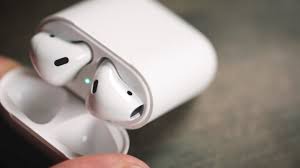
Apple Airpods Review: Are They Really Worth It?
The Apple AirPods have paved the way for the best wireless earbuds experience. Since its launch in 2016, fans have clamored to get their own pair from online and store retailers that…
-
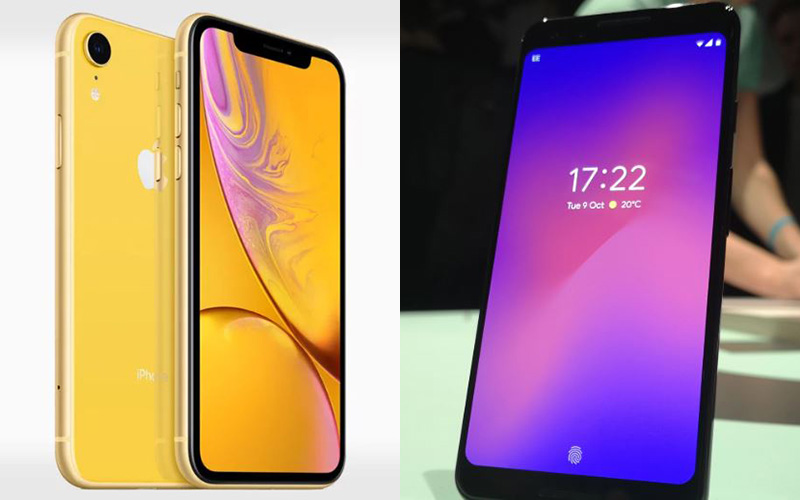
Comparing Apple’s iPhone XR to Google’s Pixel 3: Camera and Other Features Reviewed
If you’re on the lookout for a new phone right now, you’re probably considering two popular models: the Apple iPhone XR and the Google Pixel 3. And it wouldn’t be surprising if…
-
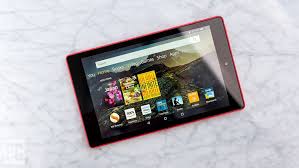
Amazon Fire 7 Is on Sale for $40
The year isn’t even over, but it has already been an incredible one for tablet users all around the globe. A lot of companies debuted promising new hardware over the past few…
-
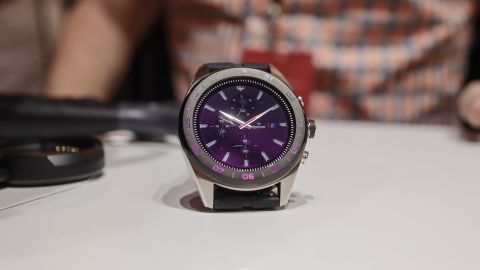
Exclusive Look: LG Hybrid-Mechanical Watch W7
Smartwatches are all the rage nowadays. And LG is keeping up with this trend by announcing its latest smartwatch – the Watch W7. The Watch W7 is a hybrid mechanical accessory that…
-
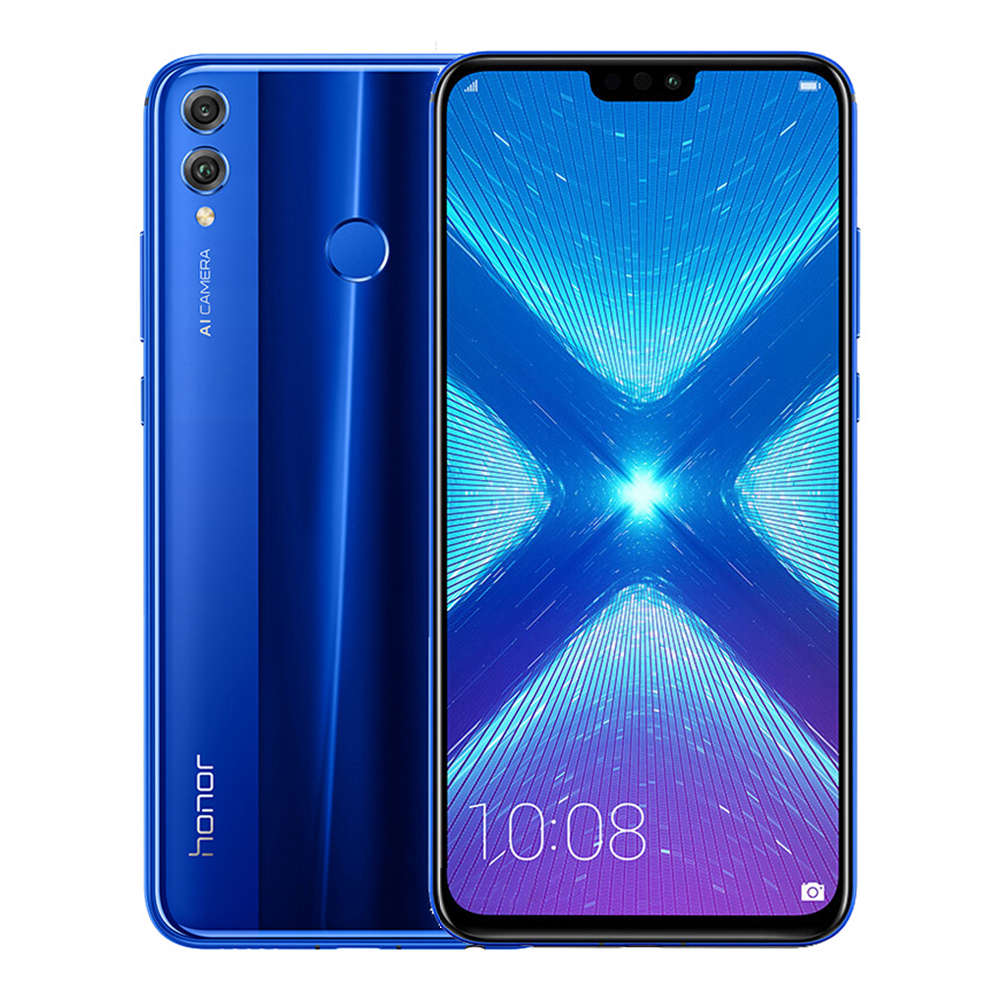
Huawei’s New Honor 8X: A Sleek Device Well Worth the Price
Huawei has finally launched the latest model in their Honor line – the Honor 8X. This much-anticipated release from one of the largest manufacturers in China has seen preorders skyrocket at many…
-
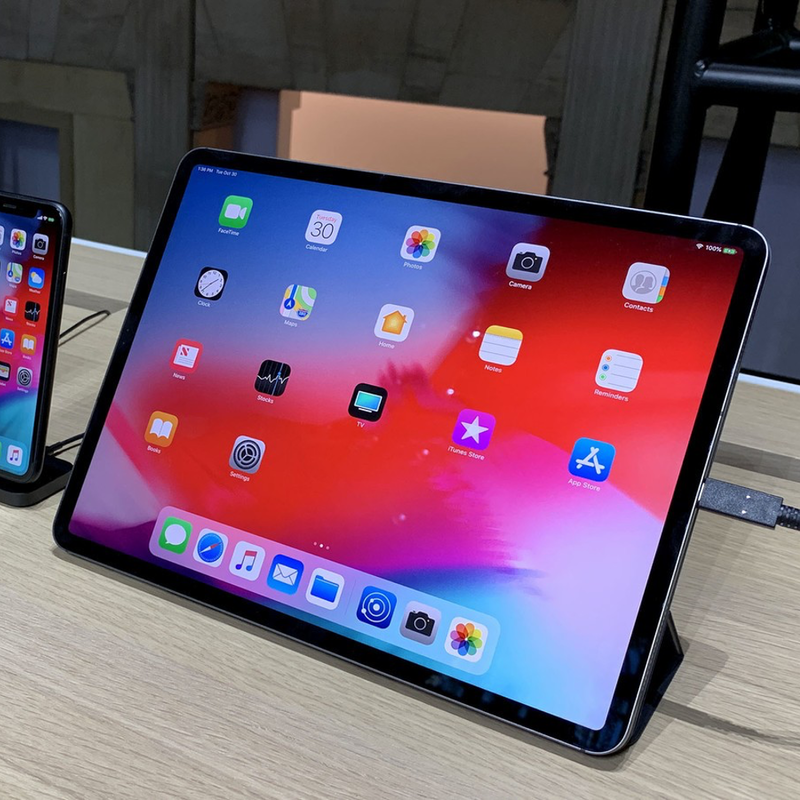
What the Latest iPad Pro Models Can Offer
Apple has launched brand new iPad Pro models during the brand’s ‘There’s More in the Making’ event last October 30th. These models, coming in 11-inch and 12.9-inch sizes, will be available online…
-
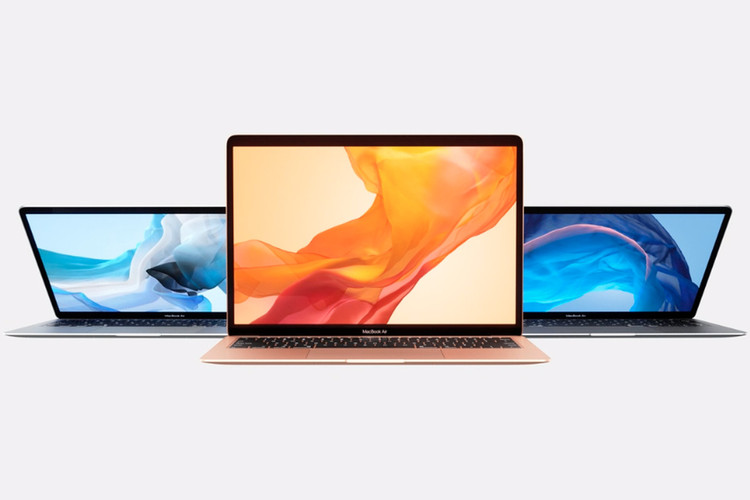
Pre-order Now Available for the Newest MacBook Air, Mac Mini, and iPad
During Apple’s event entitled, “There’s more in the making” held in Brooklyn last October 30th, big news for consumers and Apple enthusiasts was announced. For one, MacBook Air is still available,…
-
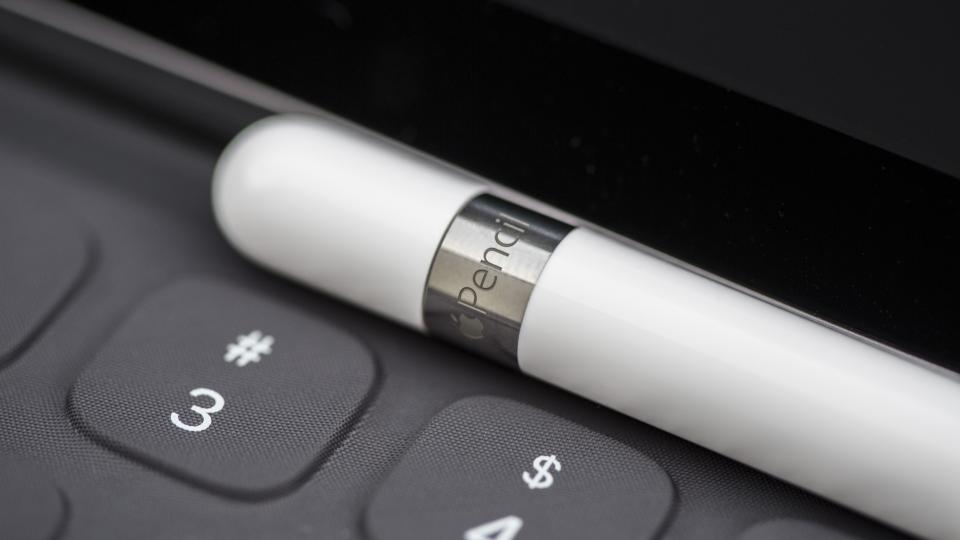
Why You Should Get the New Apple Pencil
The latest version of the Apple Pencil was showcased at Apple’s special event last October 30, alongside the release of the 2018 iPad Pro tablets. Fans will surely flock to retailers that…
-
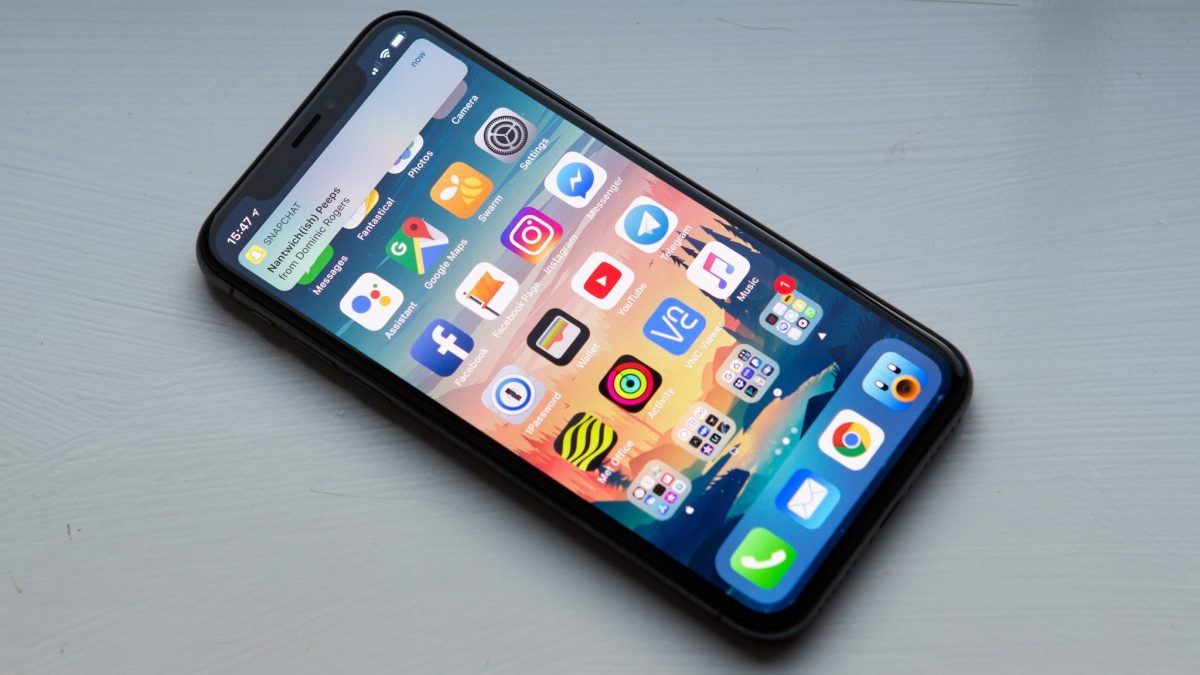
How to Find Free iOS and Android Apps
It’s amazing that both the Apple App Store and Google Play allow you to return digital purchases when they do not work with your devices. However, in today’s hectic world, you sometimes…
-
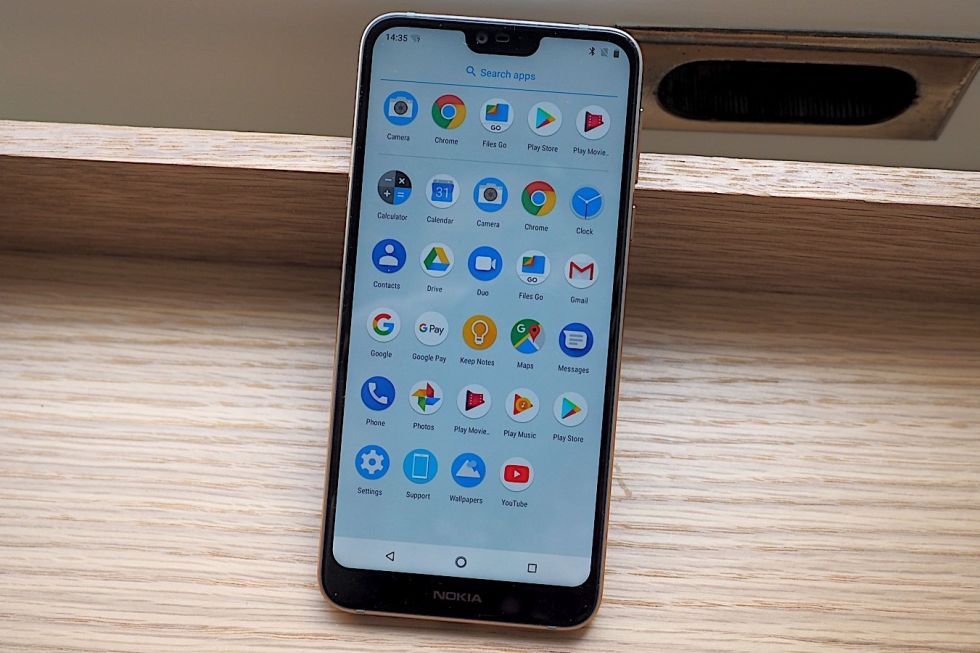
$350 Nokia 7.1 Brings Affordability and Quality to US Market
HMD Global’s latest Nokia smartphone, the Nokia 7.1, was unveiled last week. Fans of the brand will be excited to know that this one will be available at retailers that sell cell-phones…
-

LG’s V40 ThinQ: Everything We Know So Far
Since August, the entire tech world has set its sights on LG’s newest flagship, the V40 ThinQ. Truth be told, LG’s V series has always made the news because of its prolific…
-
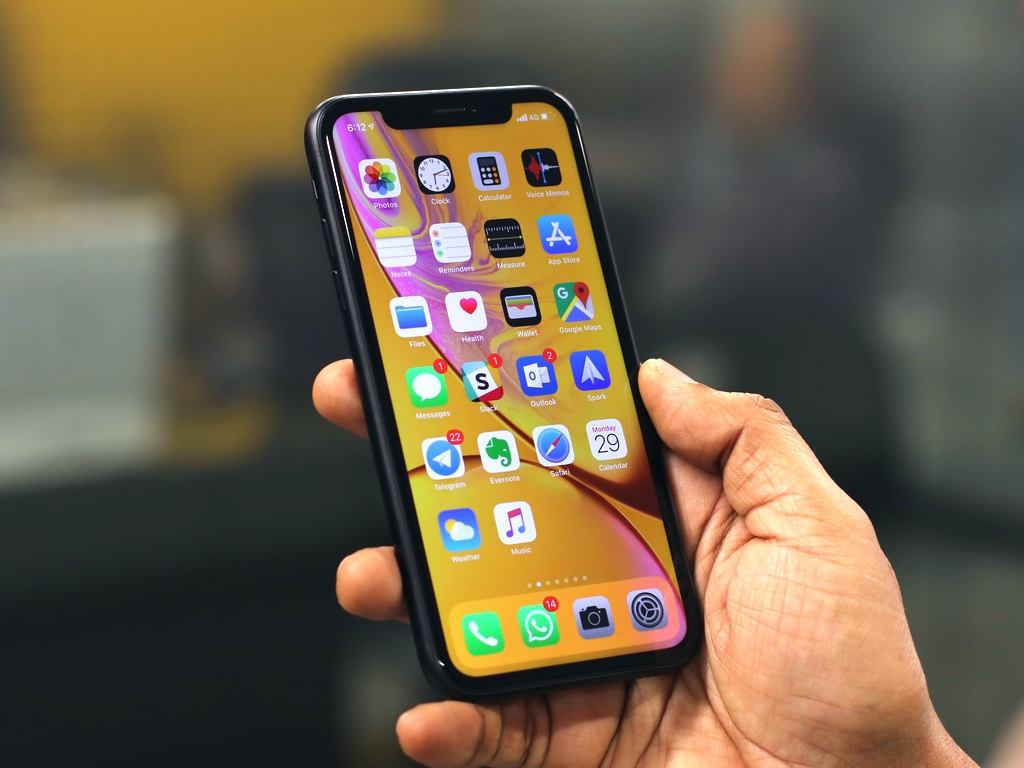
3 Reasons Why We Crave for the Newest iPhone Every Year
Every time Apple releases a new iPhone, people go gaga over it. They will line up outside stores that sell iPhones and even make the effort to pre-order the units, regardless of…
-
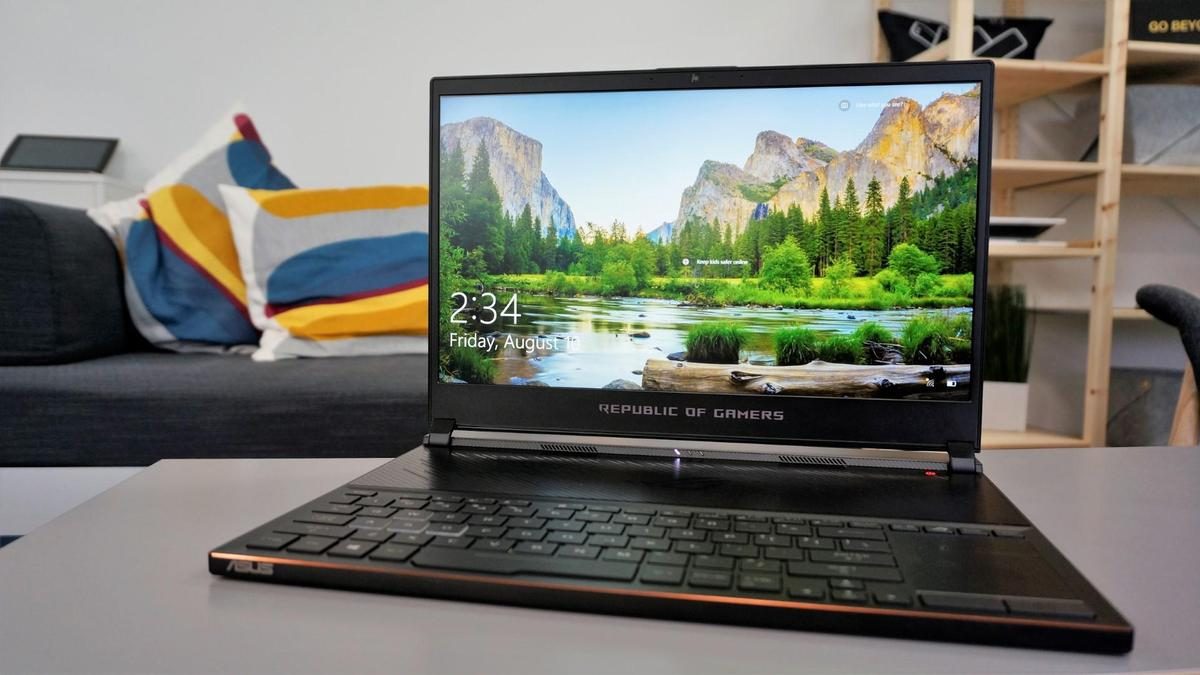
Asus ROG Zephyrus S Review: World’s Thinnest Gaming Laptop
The ROG Zephyrus S GX531 is currently the world’s thinnest 15-inch gaming laptop. Asus has stripped the title away from the new Razer Blade 15 with its slimmer screen bezels, making it…
-
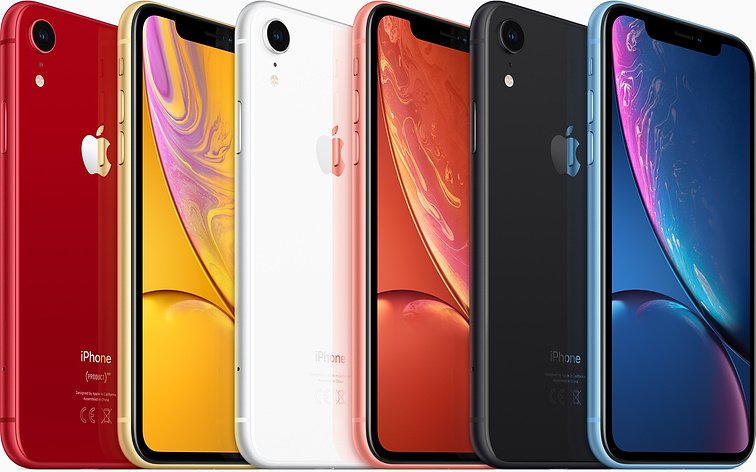
iPhone XS, iPhone XS Max, and iPhone XR: Prices, Specs, and More
At Apple’s annual September gathering, they finally unveiled the three highly-anticipated iPhones of 2018. The iPhone XS and XS Max are the latest flagship devices. The entry-level iPhone XR succeeds the iPhone…
-
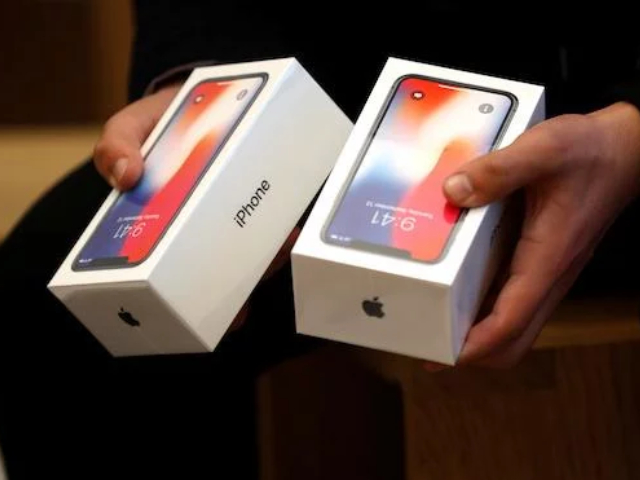
What We Know So Far About Apple’s iPhone 11
Technology is advancing at such a fast pace these days, with tech giants perpetually trying to one-up each other. If you purchase a new iPhone today, don’t be surprised if tomorrow…
-
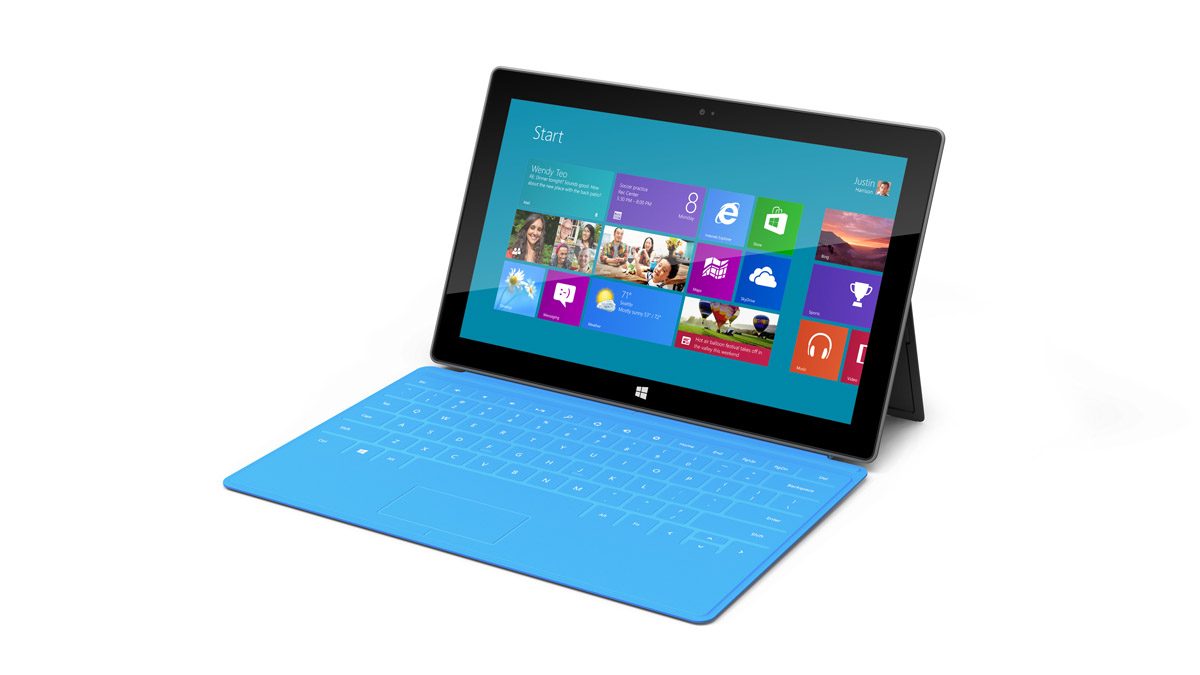
The Best Smartphone, Tablet and Smartwatch for Students
Gadgets and gizmos aren’t just for entertainment. Shops that sell laptop units and accessories will tell you that college students are always hunting for devices to help them with their studies. Even…
-
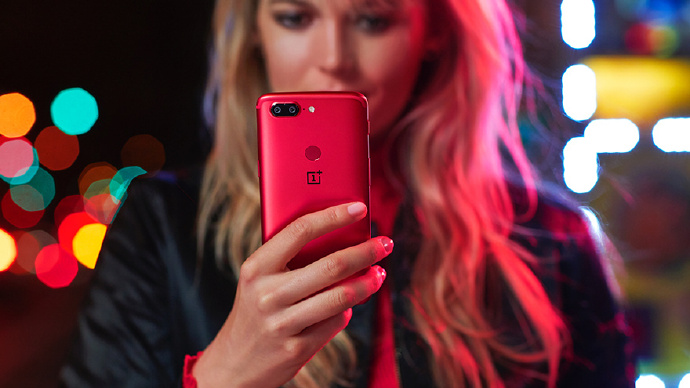
New Selfie Portrait Feature on OnePlus 5 and OnePlus5T
The tech industry is always trying to answer the growing demands of the market. It is no wonder that you hear about updates for gadgets left and right. The businesses that sell…
-
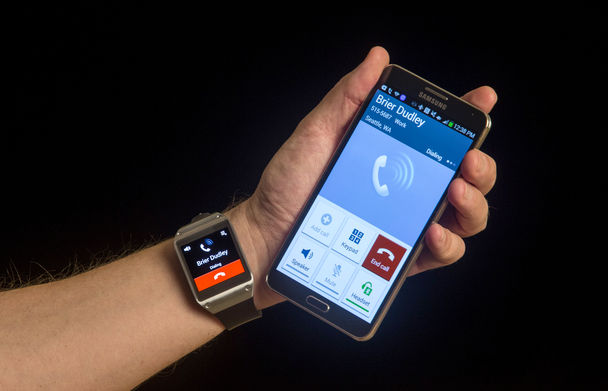
The Latest Buzz on the New Samsung Galaxy Watch
The world went crazy when an accidental uploading of the rumored Samsung Galaxy watch went up in no less than Samsung’s official website. For a brief moment, the rumored new smartwatch…
-
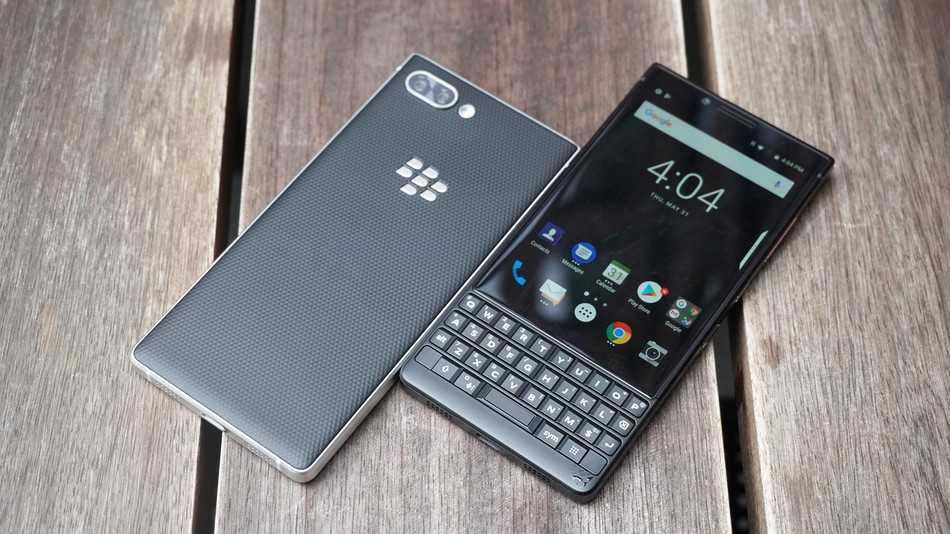
Things You Need to Know About the BlackBerry KEY2
If you ask stores that sell cell-phone units what the most frustrating phone-related thing that never happened is, you’ll likely get ‘BlackBerry’ as an answer. It’s true that the once omnipresent brand…
-
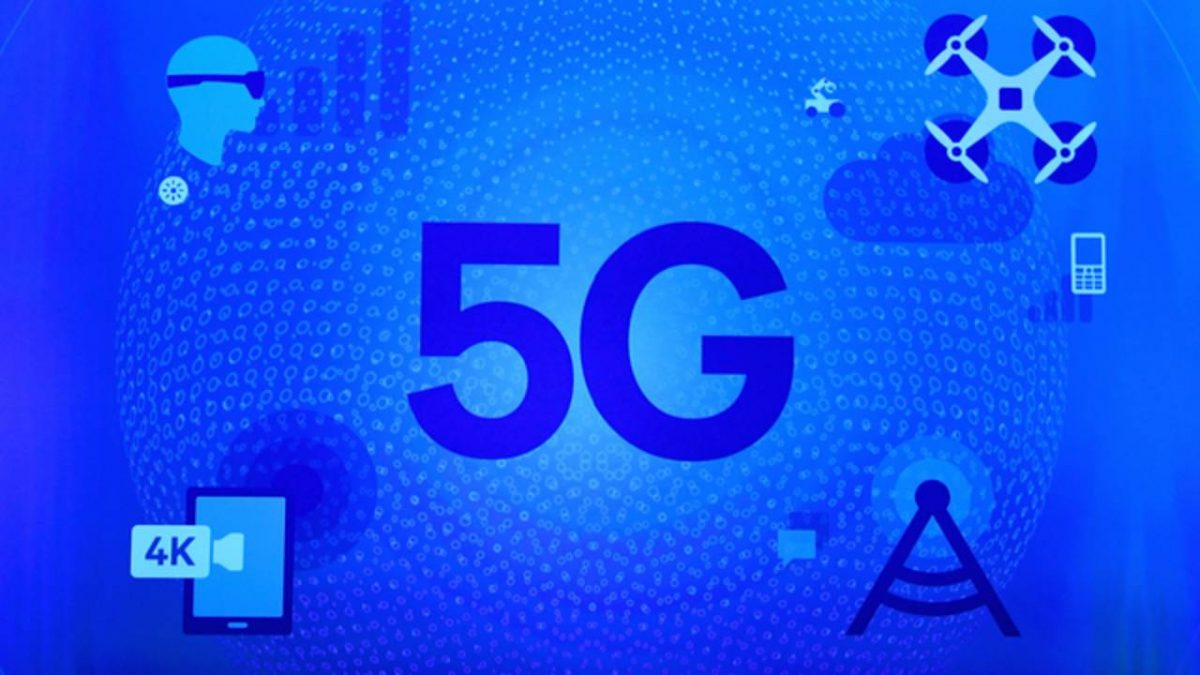
What Exactly Is 5G?
The world stands at the dawn of the latest mobile technology revolution: the 5G. This change offers a significant upgrade in speed and data capacity. At the same time, it puts forward…
-
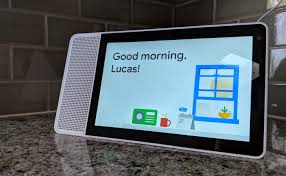
A Closer Look on the New Lenovo Smart Display
The world is always on the lookout and in search of the latest trending gadgets. With the tech industry always trying to make life easier, we are all gushing over this new…
-
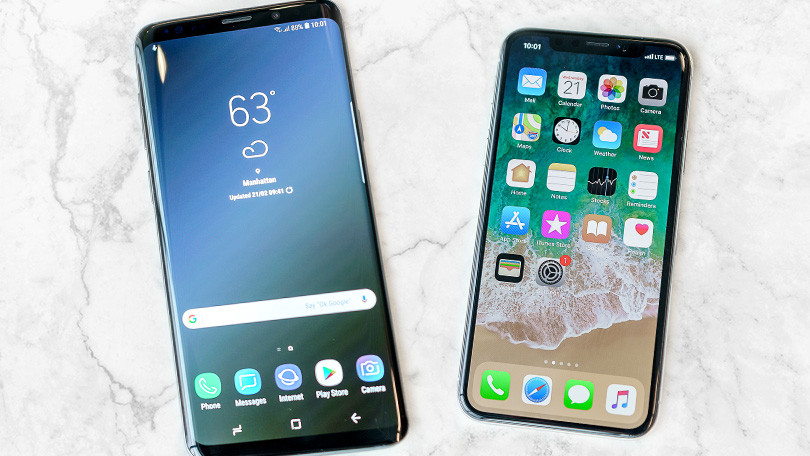
iPhone X vs. Galaxy S9: Which Is the Better Camera Phone?
Year after year, the same thing happens: Apple versus Samsung, the iPhone versus the Galaxy. The latest version of this battle is the iPhone X versus the Galaxy S9. Stores that…
-
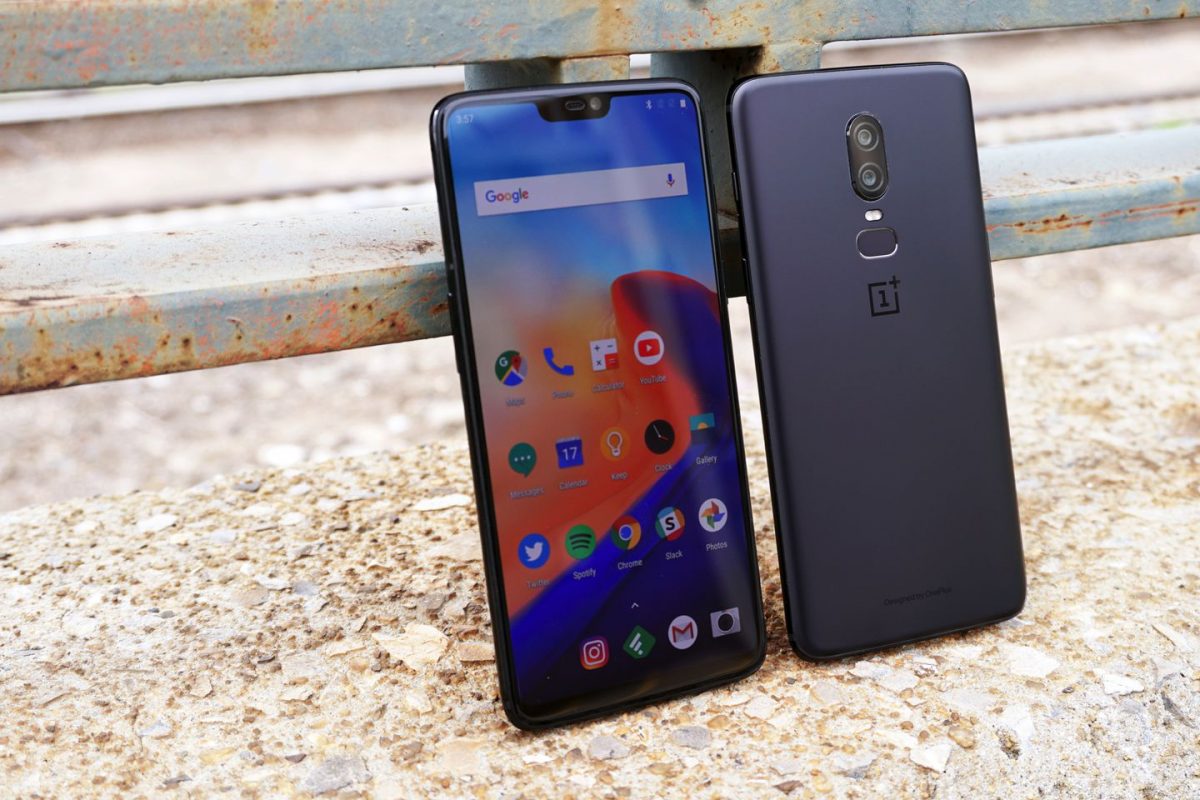
OnePlus 6 Updates: A Crimson Edition and a Few More Surprises
The OnePlus 6 is now available in stores that sell cell-phone units and accessories. It was officially launched a few weeks ago. Even with the large number of spoilers leading up to…
-
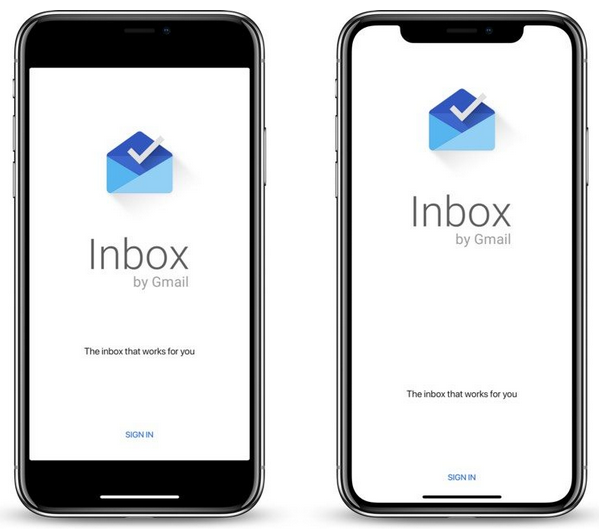
Google Inbox Is Finally Compatible with the iPhone X Notch
Nine months after the iPhone X release, Google has finally made its Inbox app compatible with Apple’s flagship phone. Last April, Google announced that an update for the iOS version of the…
-

Everything We Know So Far About the Samsung Galaxy Note 9
The Samsung Galaxy Note 9, codenamed the Crown, is almost here. Samsung continues to use the Note series to produce bigger and more powerful phones to complement the Galaxy S line. Based…
-
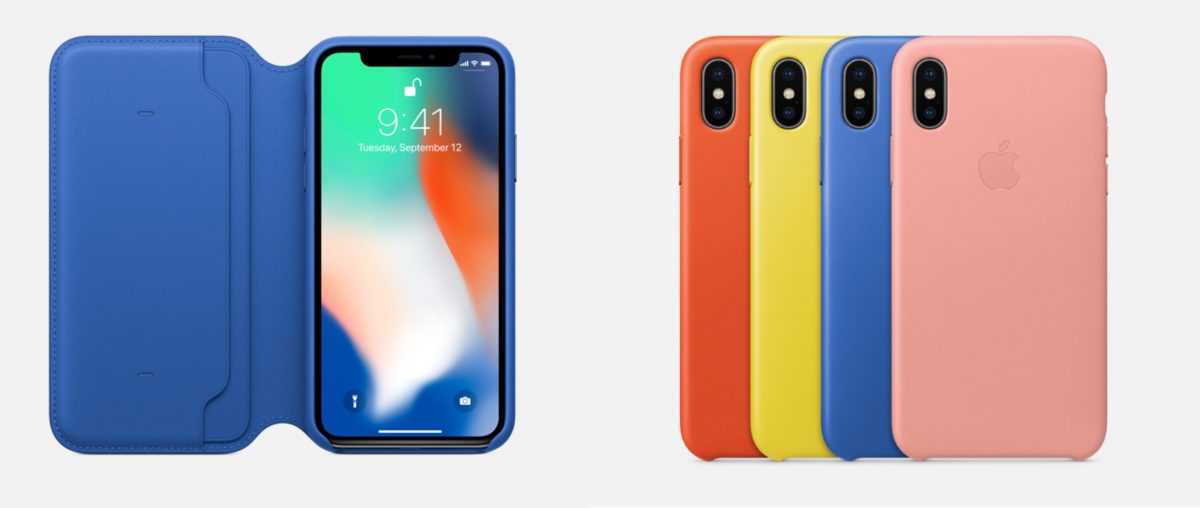
The iPhone Lineup Is About to Get More Colorful
When it comes to Apple releases, there is no lack of rumors and speculations. As the expected fall release approaches, more reports are added to the ever-growing pile of spec possibilities. This…
-
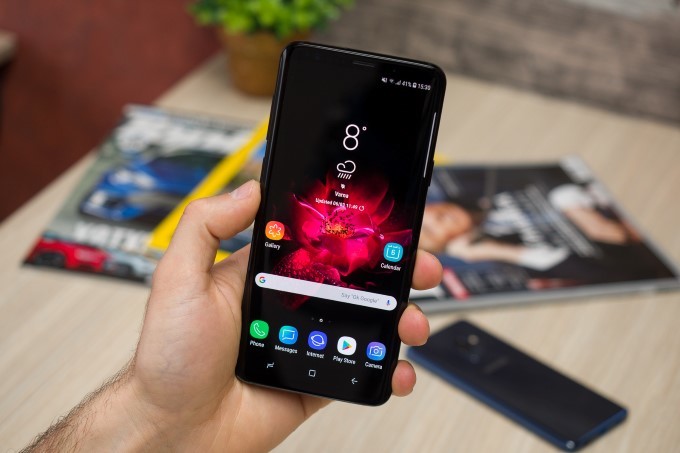
Top 5 Unlocked Smartphones of 2018
A lot of stores that sell cell-phone units are asked about unlocked smartphones, and for good reason. An unlocked smartphone could be used on various networks. That means if you want to…
-
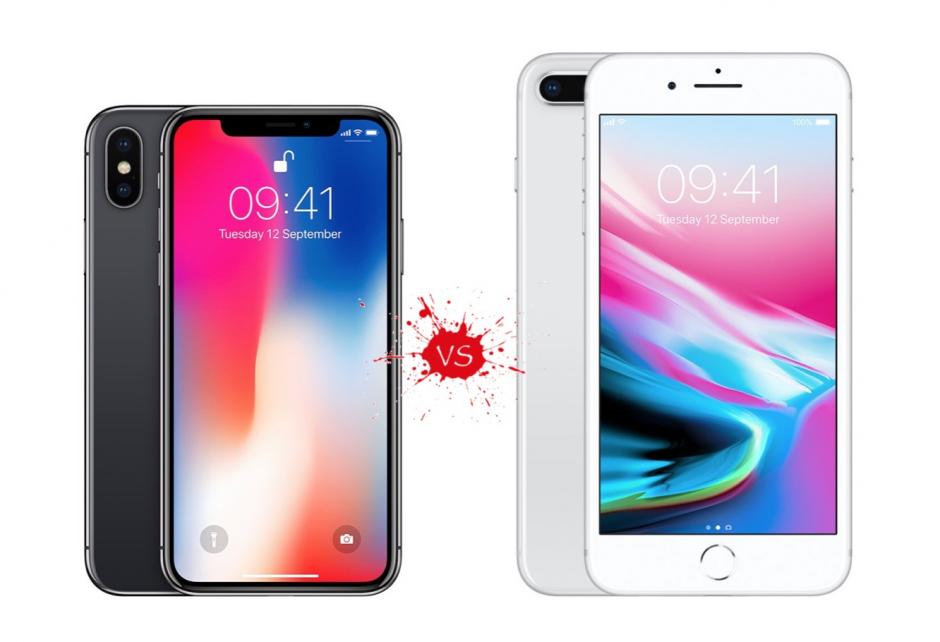
Which Is the Better iPhone: The X or the 8 Plus?
For the first time ever, Apple has introduced two distinct flagship phones. On the one hand, you have the iPhone 8 line-up. The iPhone 8 and 8 Plus sport a similar form…
-
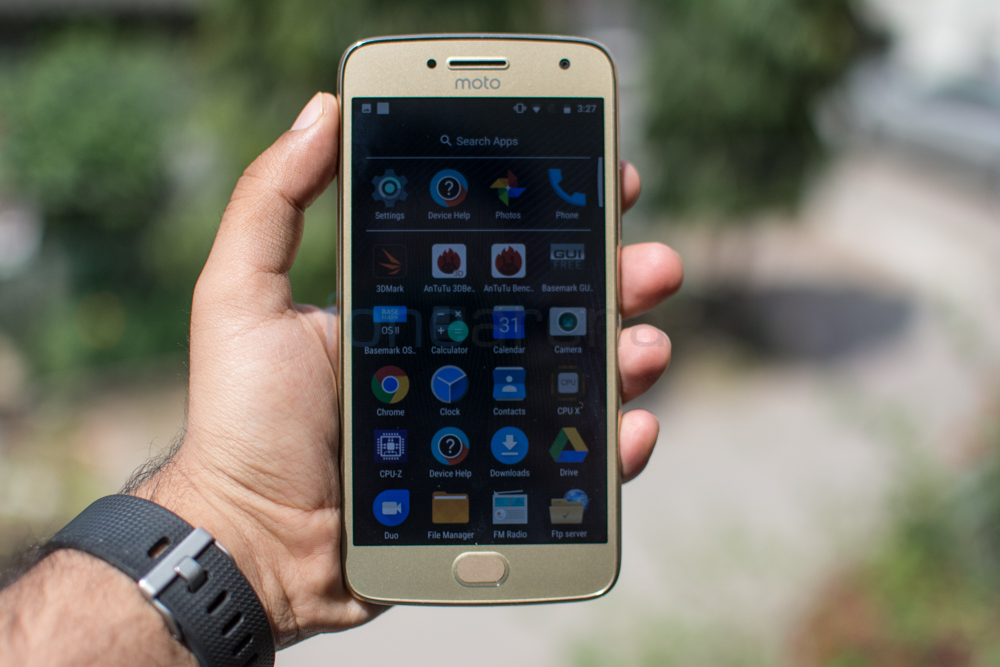
Things You Need to Know About the Moto G5 and the G5 Plus
Five years ago, Motorola introduced the Moto G line-up. Since then, the company has released smartphones that are both cost-effective and powerful. Today, Motorola aims to continue delivering excellence with the Moto…
-
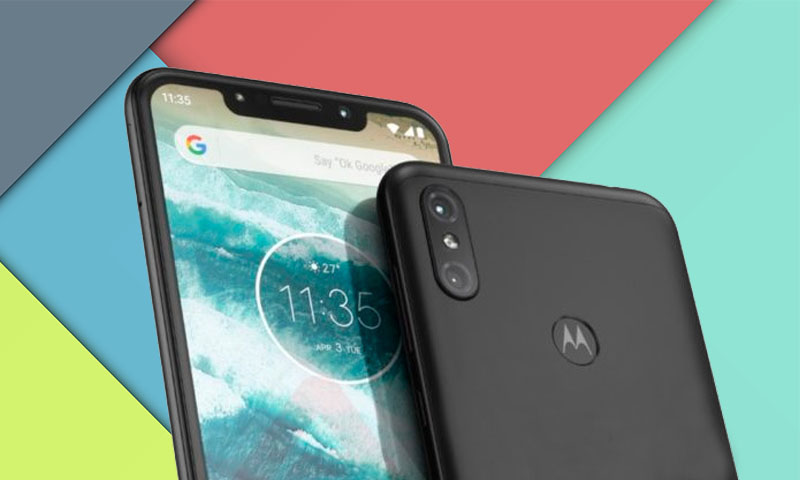
Things You Need to Know about the Motorola One Power
Motorola is well-known for marching to the beat of its own drum. Rather than following the trends, the American telecom company generally has its own timeline and style, particularly with smartphones. But…
-

Will Apple Truly Remove the iPhone X’s Lightning Port?
When Apple introduced the iPhone 7 a couple of years ago, the tech giant stunned the world by ditching the headphone jack. The smartphone industry has still not fully recovered from it.…
-
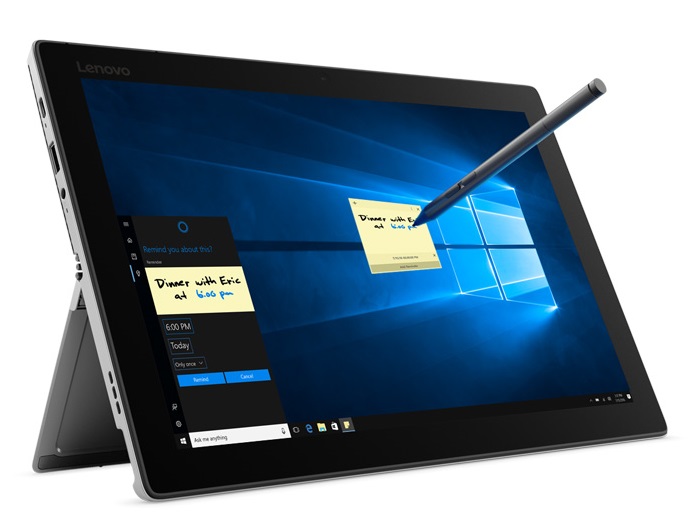
The Top 3 Windows Tablets of 2018
Over the years, Windows tablets have been steadily edging to the high ranks on the list of the best tablets from stores that sell tablet models. That is quite impressive considering they…
-

How to Properly Recycle Your Phone (and Even Get Cash Out of It!)
So, you finally have a new phone. The next thing you need to do is offload your old one. There are many ways to do so. You can always keep it as…
-
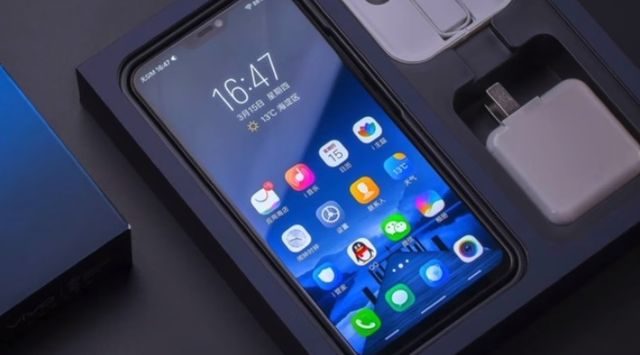
Xiaomi Announces Mi 8 Flagship Phone
Last May 31, 2018, Xiaomi announced their latest line of smartphones in celebration of their 8th anniversary. The new flagship line includes three new models: the Mi 8, the Mi 8 Explorer…
-

Things You Need to Know About the Moto Z3 Play
Stores that sell cell-phone units confirm that more and more buyers are looking for good-quality smartphones that are also budget-friendly. Thankfully, there are tons of smartphone manufacturers that offer mid-level to low-cost…
-

The Top Features of iOS 12
The recent WWDC confirmed what the experts and stores that sell iPhone units expected: the iOS 12 will focus more on strengthening system performance and less on major new features. It’s also…
-
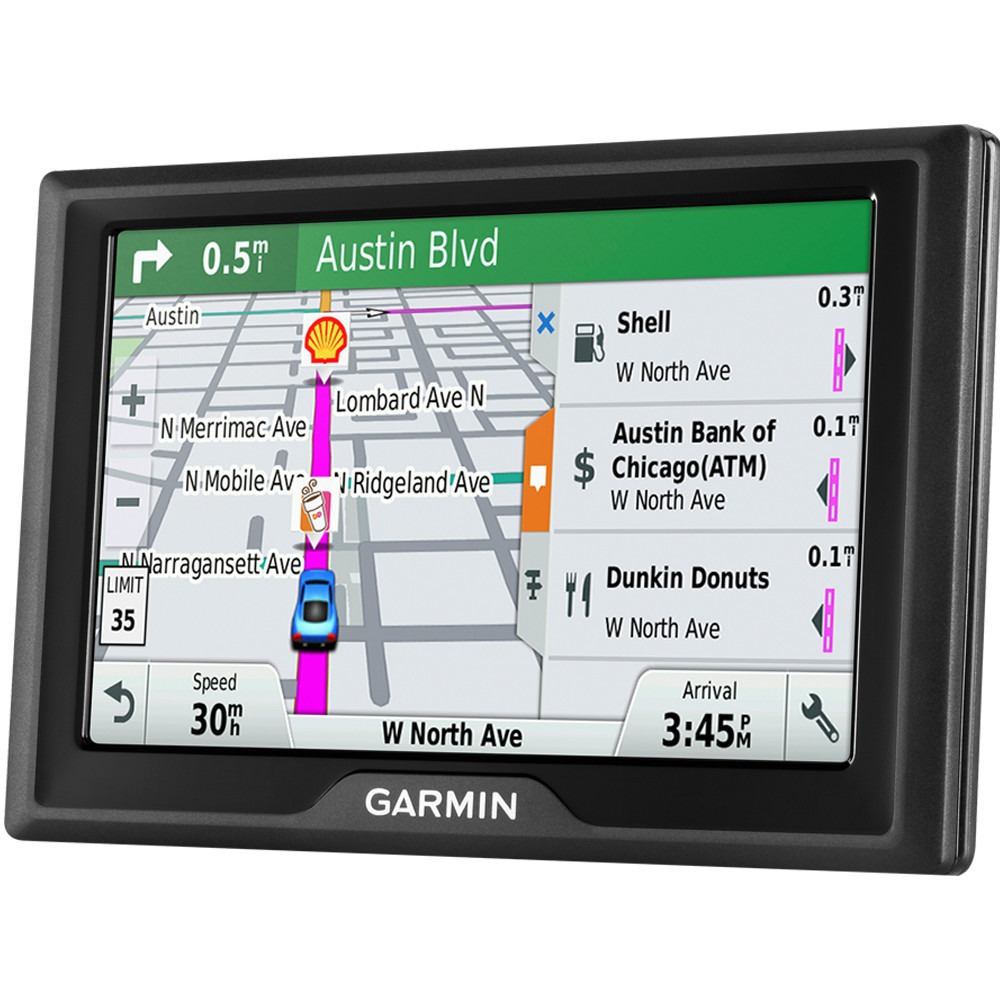
Post Father’s Day Gift Ideas for Tech-Savvy Dads
Even if you missed Father’s Day celebration this year, you can still make it up to your dad. With the help of experts and stores that sell laptop units, we’ve listed some…
-
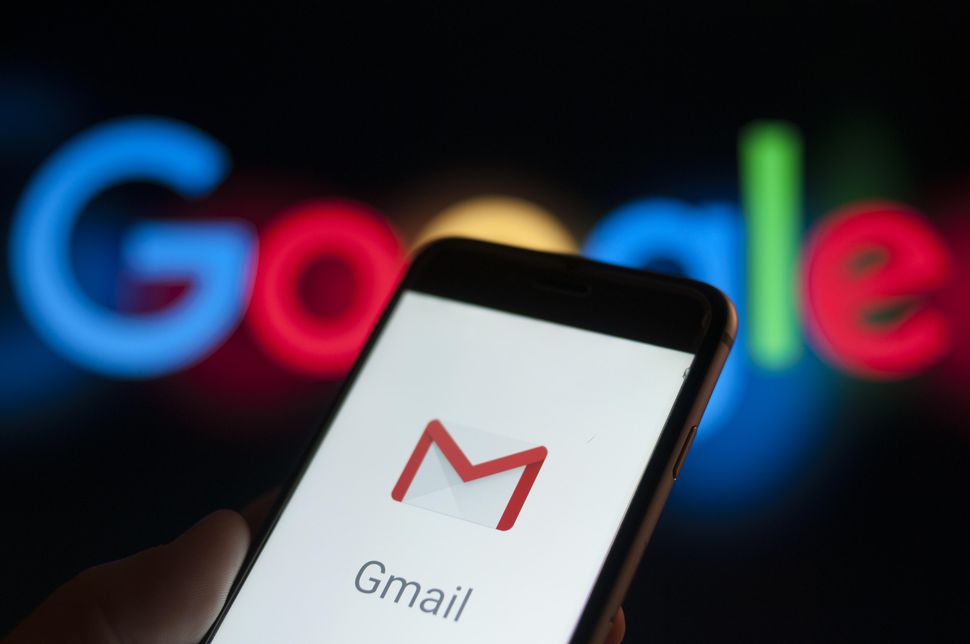
The New Gmail to be Launched for General Availability in July
According to Google, the new version of Gmail will finally roll out to everyone next month. Only a number of users are currently using it via the Early Adopter Program (EAP). From…
-
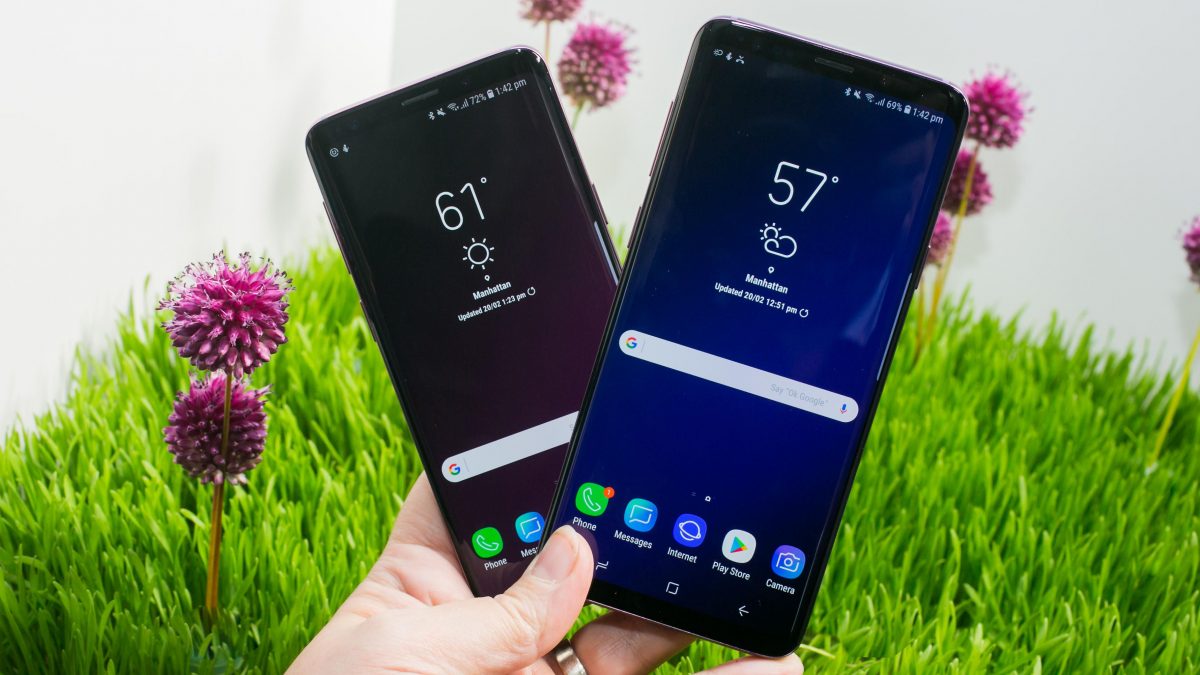
4 of the Best Android Phones of 2018 (So Far)
Stores that sell cell-phone units have a bigger selection of Android phones: Samsung, Huawei, LG, OnePlus and Google, to name a few. The plethora of variations in display size, processor, software options…
-
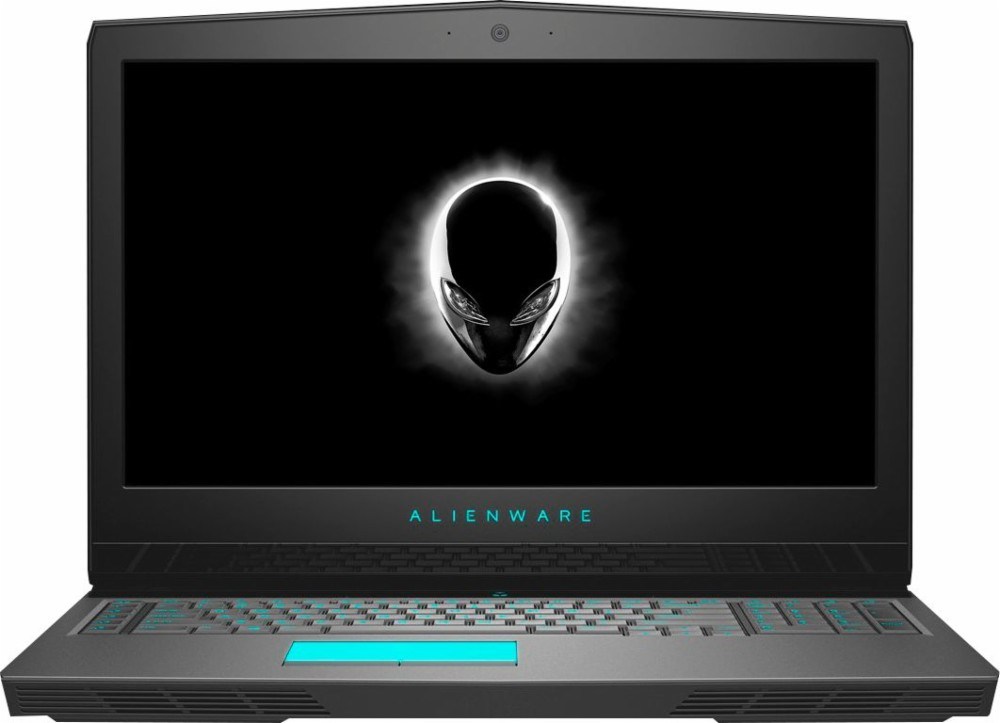
3 of the Best Gaming Laptops of 2018
Not so long ago, the best gaming laptops didn’t have much difference from other types of ‘best laptops.’ As long as the laptop had a Core i7 processor with 8GB of RAM…
-
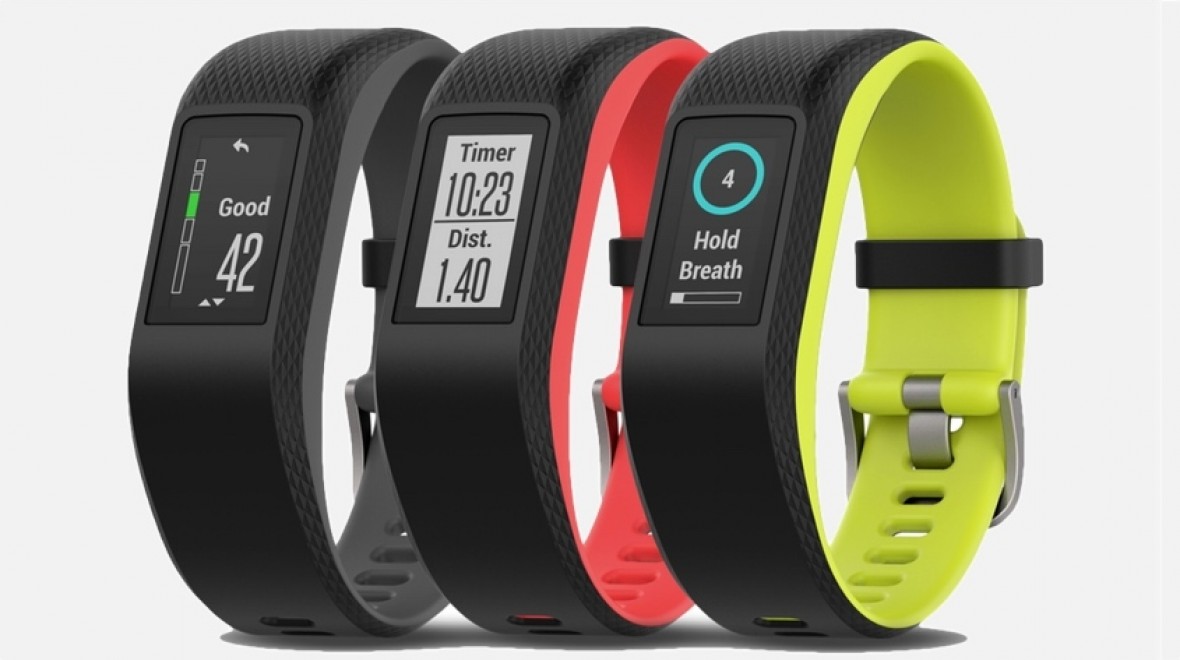
The 10 Best Fitness Trackers of 2018
Being healthy and fit isn’t just a trend, it’s a lifestyle. And to maintain that great lifestyle, you need the right gadget that will perfectly monitor your physical activity and health. Fitness…
-
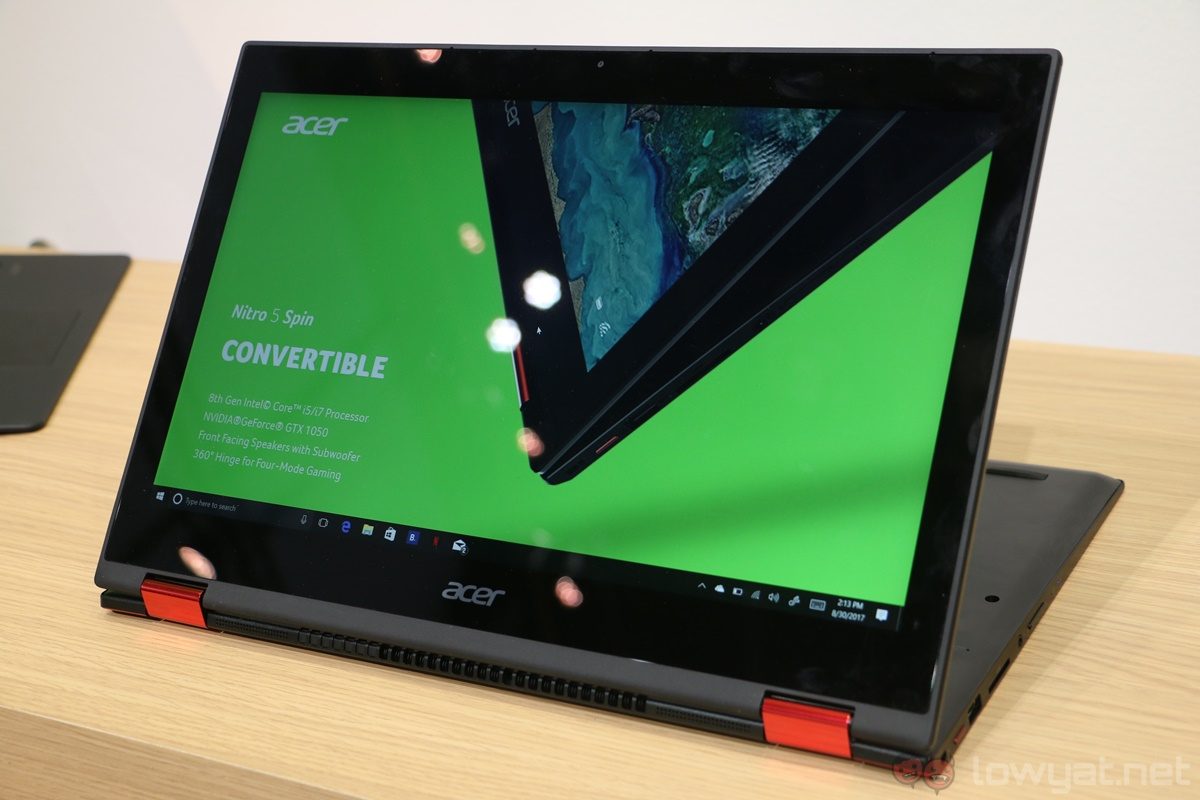
Meet the World’s Most Powerful Acer Chromebook Spin 13
From what we gathered from their global press event, Acer is dominating the market with their premium releases this summer. From the ultimate gaming laptop Predator Helios 500 to the most powerful…
-
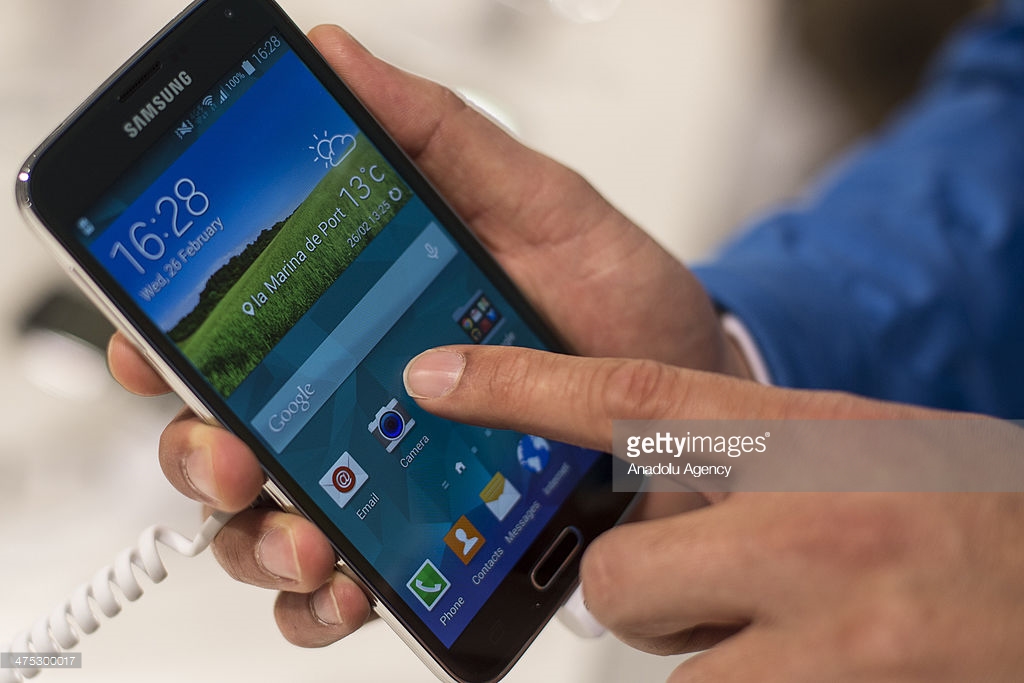
Here’s Everything We Know About the Samsung Galaxy S10
It hasn’t been that long since Samsung launched the Galaxy S9 series, but the Internet is already abuzz with rumors about the Samsung Galaxy S10. Although the S10 is expected to be…
-
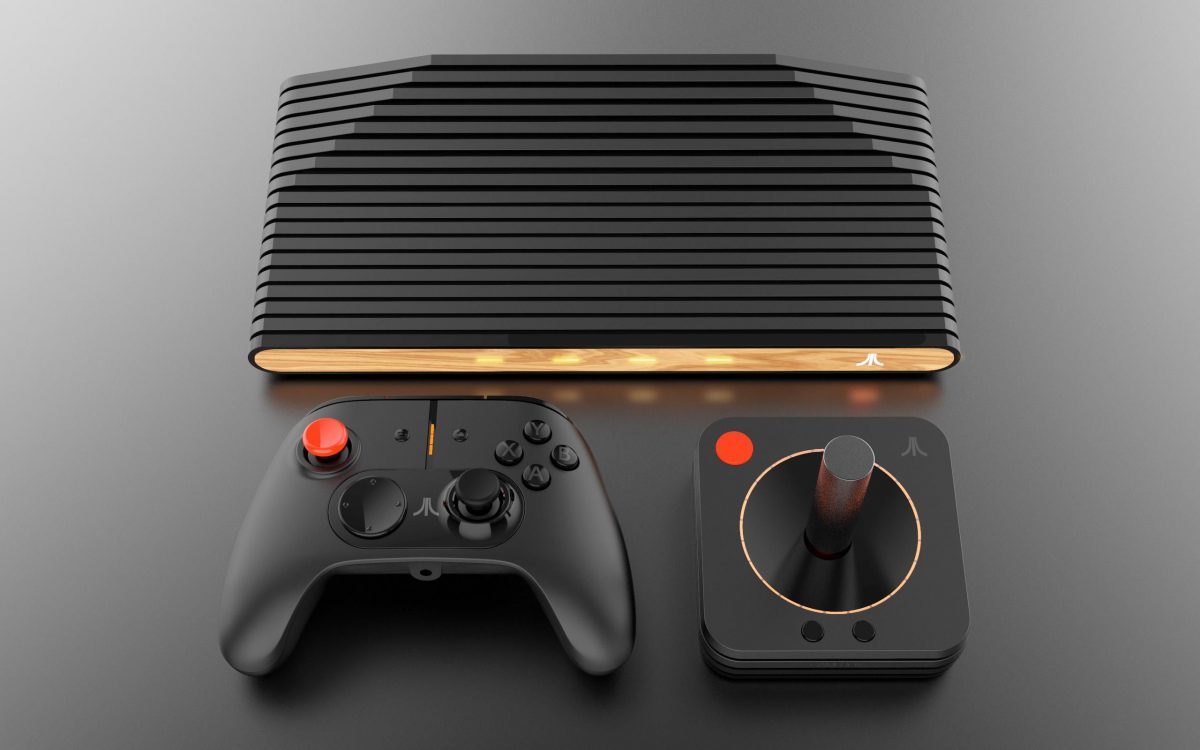
Ataribox Now Atari VCS, Preorders Available Now
Ataribox is back with a new name, Atari Video Computer System or the Atari VCS. After a long wait, Atari opened preorders last May 30. The console, whose new name is a…
-
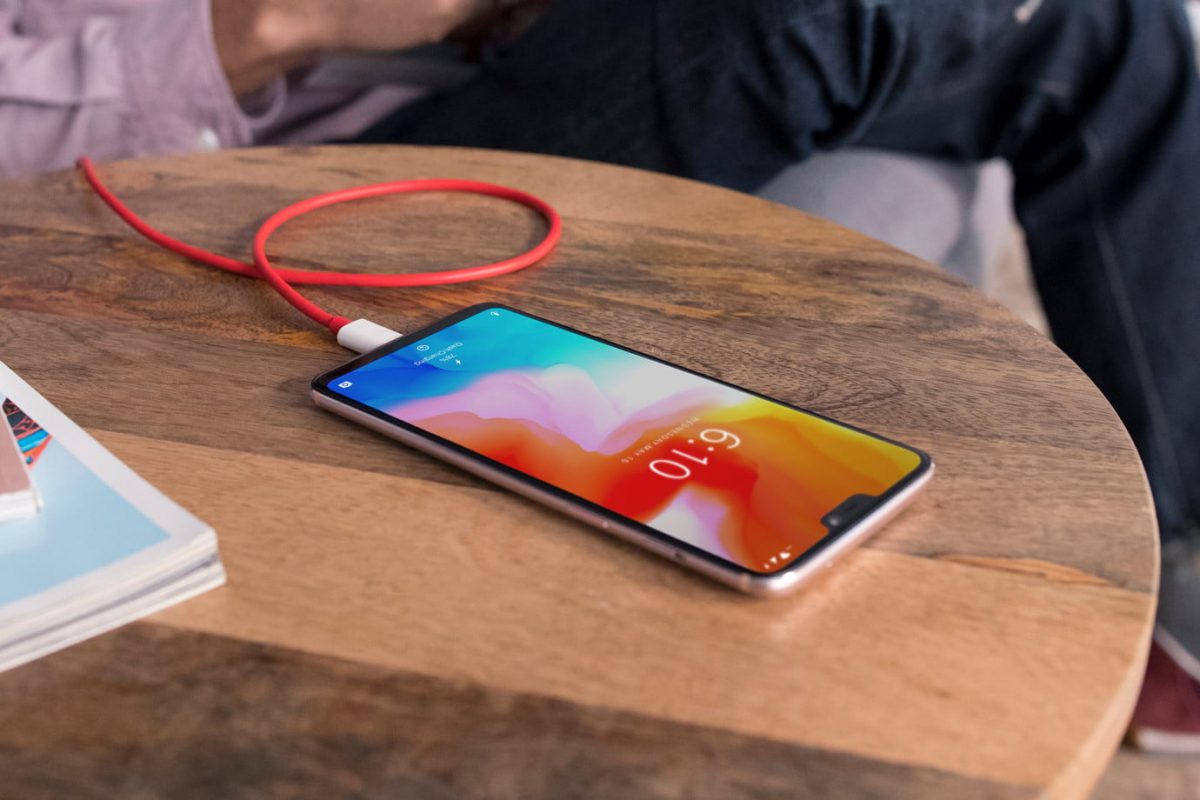
OnePlus 6 Is Getting a Glass Back and Will Sport an All-Glass Design
With so many competitors in the market, OnePlus has done an admirable effort in keeping up with new technology and design innovation. With its usual quick updates every six months, there’s a…
-

LG G7 ThinQ Review
LG G7 ThinQ, the company’s newest smartphone, is a few features away from being a high-quality phone. It has premium specs, a sophisticated design, and a good battery life. But the thing…
-

HMD Has Announced the Nokia 6.1 Smartphone
HMD Global, the manufacturer of Nokia smartphones, has launched an upgraded version of the Nokia 6 during the Mobile World Congress. The upgrades include improvements in specifications and slight tweaks in the…
-

Google Adds More Assistant Features to Wear OS
Last year, Google updated Android Wear 2.0 with an AI assistant. Since then, the tech giant has introduced increasingly more features to make the smartwatch more relevant. This year, the company is…
-

LG Announced a Storage and Memory Update to Its V30 Phone Earlier This Year
LG, the South Korean electronics giant, is steadily gaining interest as the company goes public with a few surprises. During the recent Mobile World Congress (MWC), LG announced the LG V30S. The…
-
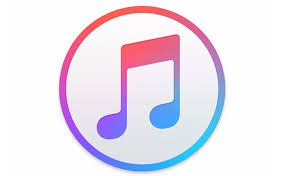
Apple iTunes Has Finally Come to the Windows Store
Almost a year following its original announcement, and a few months later than initially planned, iTunes is finally on the Windows Store. This means Windows 10 S users can now enjoy Apple’s…
-
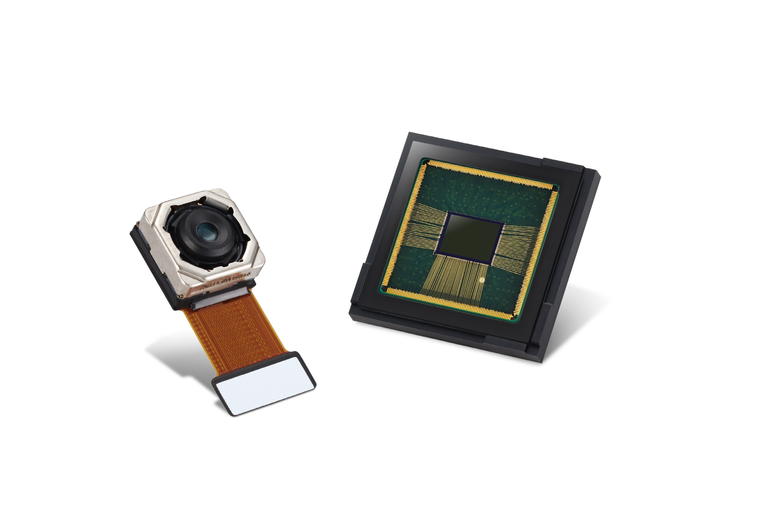
Samsung Announced That the 16-Megapixel ISOCELL Slim 3P9 Image Sensor Is Now Available
Samsung is an electronics and technology products giant known not only for its lineup of smartphones but its imaging solutions as well. Aside from producing some of the best smartphones available today,…
-
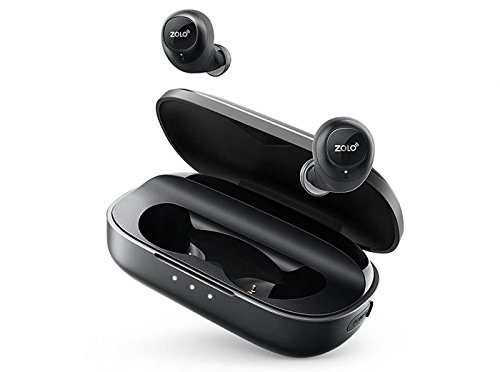
Anker’s Audio Brand, Soundcore, Is Releasing More than a Dozen New Speakers
Perfect timing to usher in the summer season, Soundcore, Anker’s audio brand, is releasing a bunch of new headphones and speakers. Soundcore develops high-quality products at a lower price, perfect for audio…
-

The Best Phones for Gaming on the Market Right Now
Smartphones are just that—smart. These devices are specifically designed to cater to human interests and to offer convenience, whether it’s for productivity or entertainment. One of the most prominent uses for smartphones,…
-
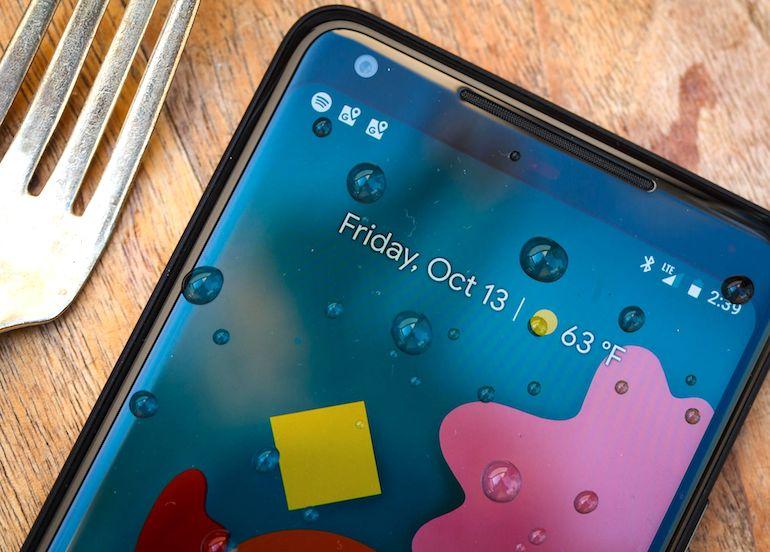
What Is Android P? The Next Version of Android
If you’re an Android user, Android P is about to take over your digital life. During Google’s 2018 keynote event, which took place May 8–10, the tech giant highlighted its aim to…
-
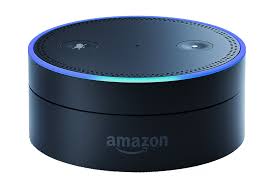
Alexa Blueprints: Amazon Just Released a New Way for Users to Customize Alexa
If you’re an Alexa user, you’ll find Amazon’s newly released Alexa Blueprints a lifesaver. Not only does it make using Alexa less complicated, it also lets any beginner, with or without experience,…
-
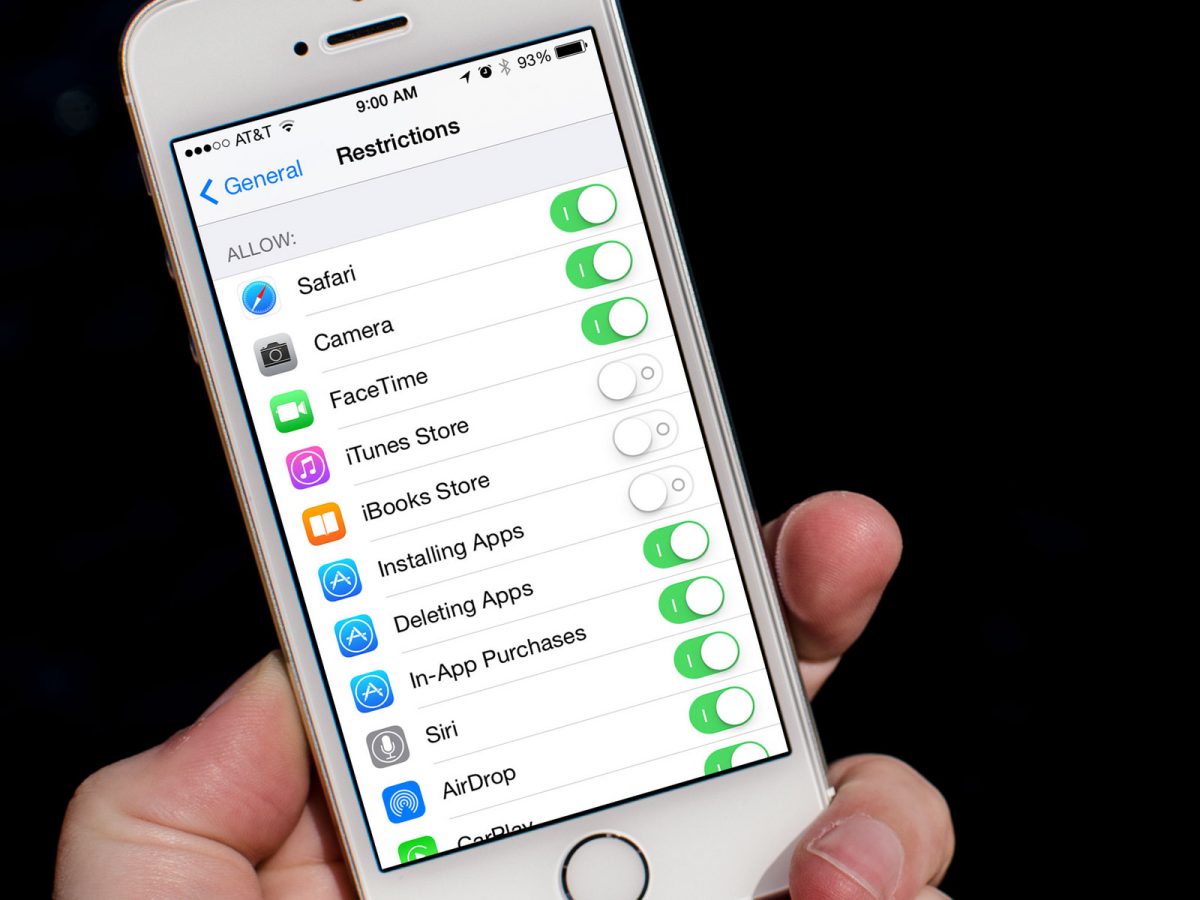
How to Block and Filter Phone Numbers on Your iPhone with the Tools in iOS
Our phones receive tons of notifications, and they’re usually more than enough to keep us busy throughout the day. As we try to catch up with every single notification, we would often…
-
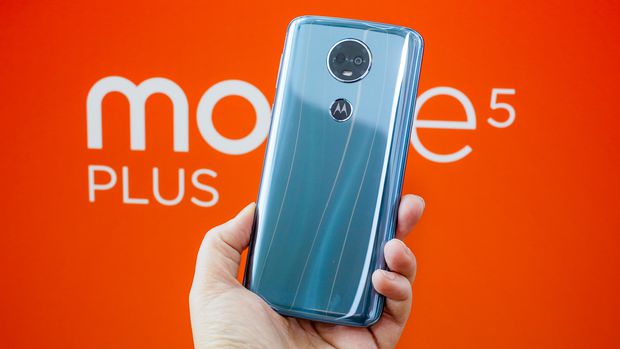
Moto E5, Moto E5 Plus, Moto E5 Play Specifications and Price
Lenovo-owned Motorola didn’t just stop with the new Moto G6 Series this year. To accompany the G6 Series, they’ve also announced another line of smartphones to their roster: the Moto E5 Series.…
-
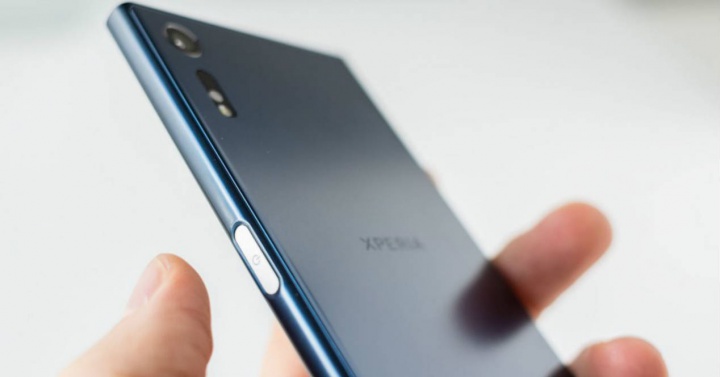
Sony Xperia XZ2 vs. Galaxy S9 vs. iPhone X
No one can deny that smartphones are in the prime of their development today. The bad news is that consumers are becoming even more confused as to which smartphone to purchase. As…
-
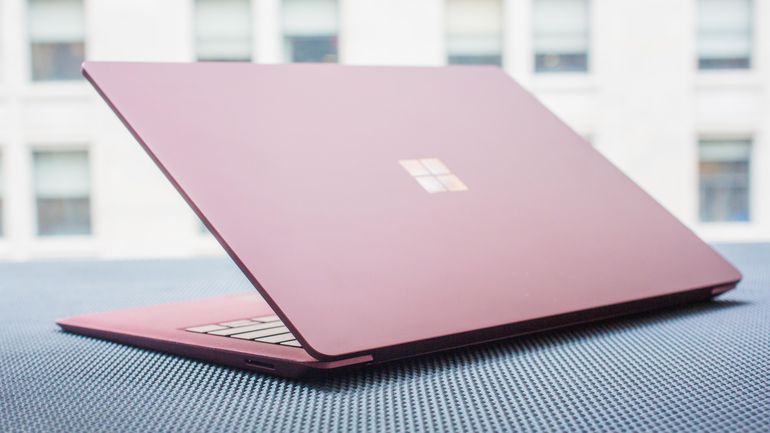
Thin, Powerful, and Secure as the Surface Laptop
Microsoft has definitely stepped up their game when it comes to creating innovative laptops that can rival Apple’s MacBook. Released only June of last year, the Surface Laptop comes in a sleek…
-
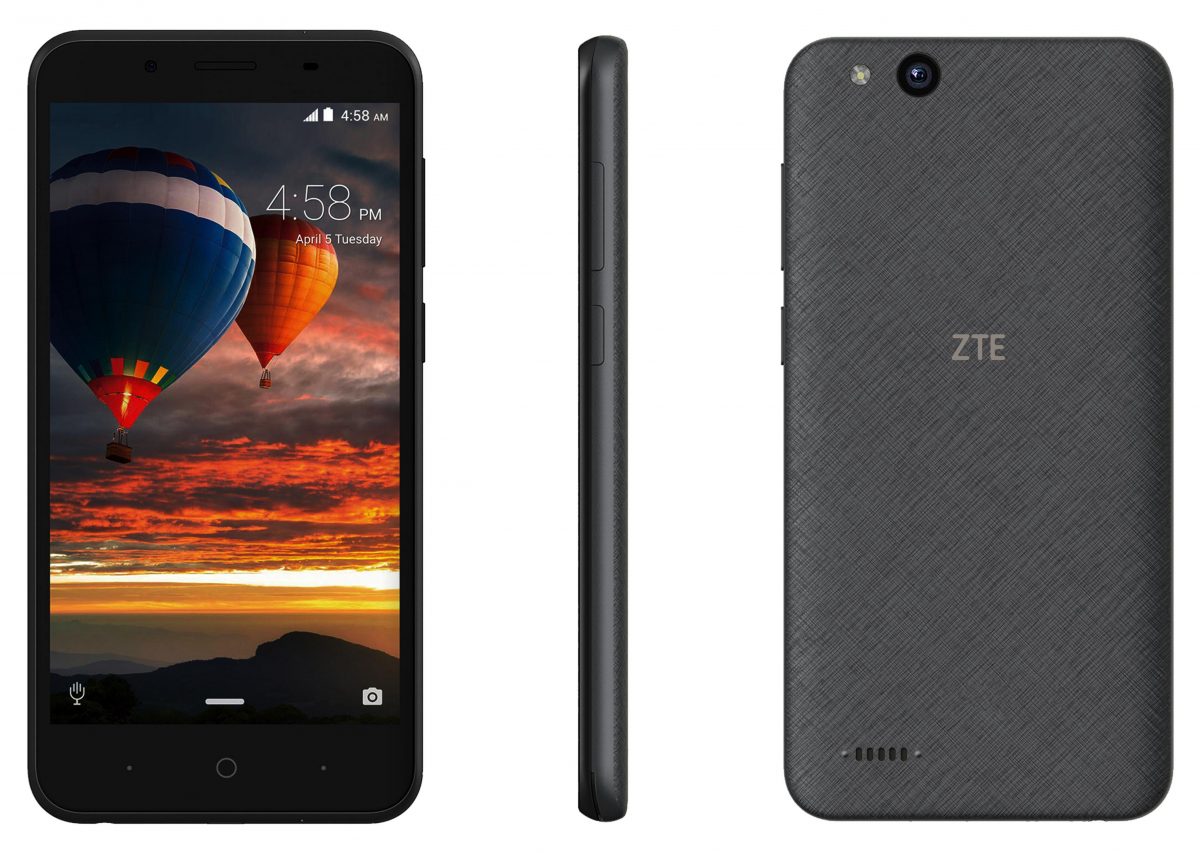
ZTE is the First Company to Bring a Smartphone Running Android Go to the US
In this rapidly advancing digital age, choosing what phone to purchase is just one among the many dilemmas gadget consumers face. More than ten years since Apple released the first iPhone, the…
-

The News and Rumors About Apple’s New iPhones 2018
It’s never too early to talk about the up and coming iPhones. Now that the highly-anticipated iPhone X has hit the shelves, everyone’s turning their attention to the 2018 model. And most…



